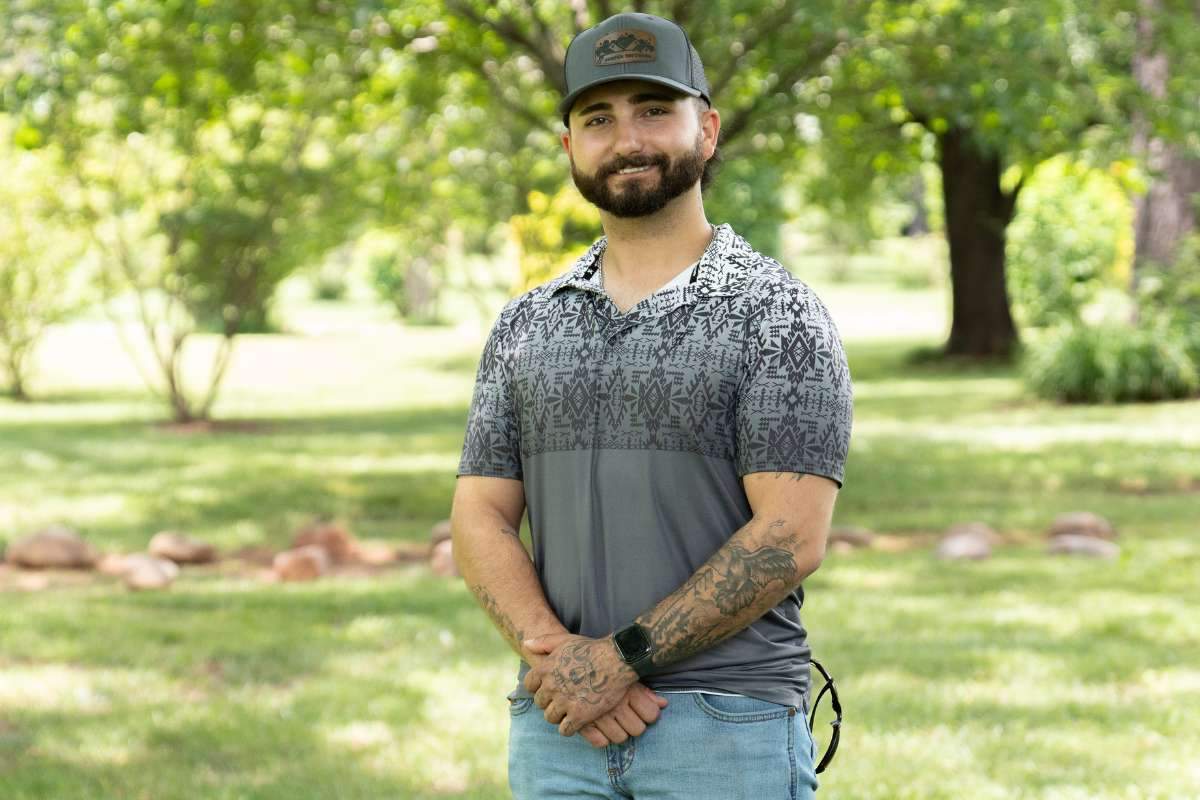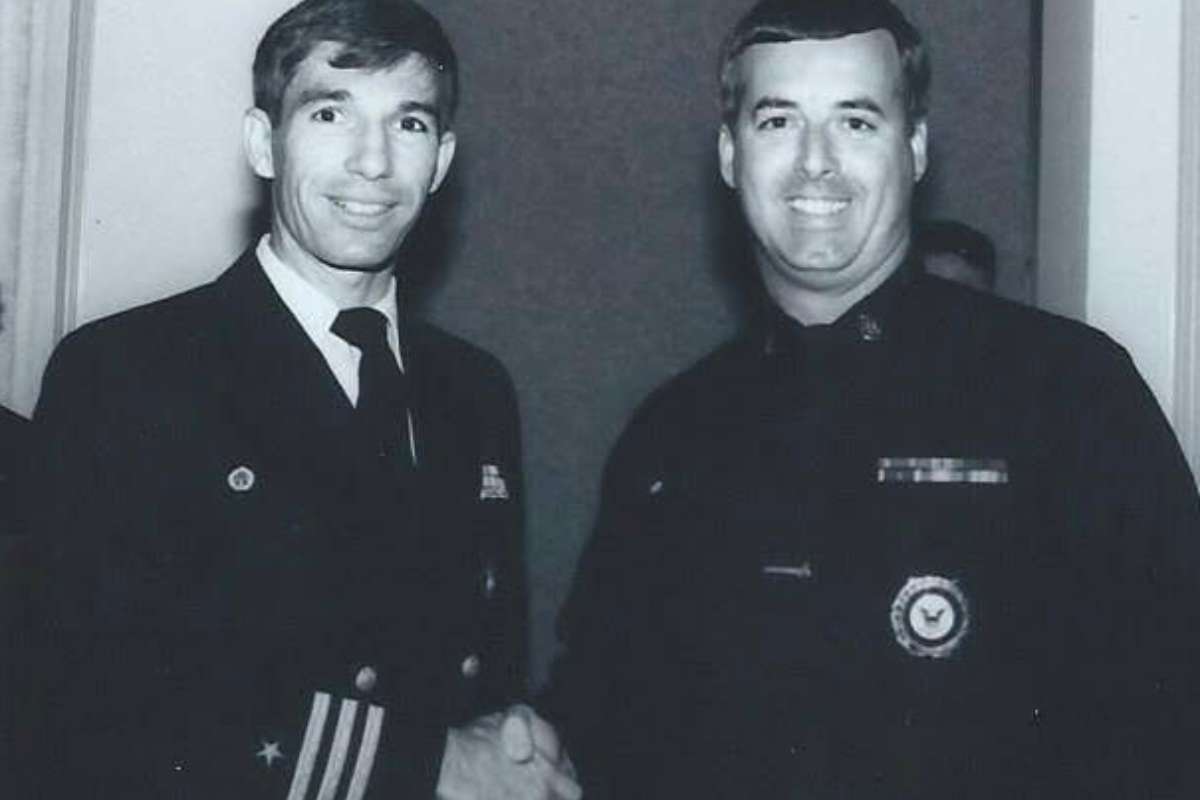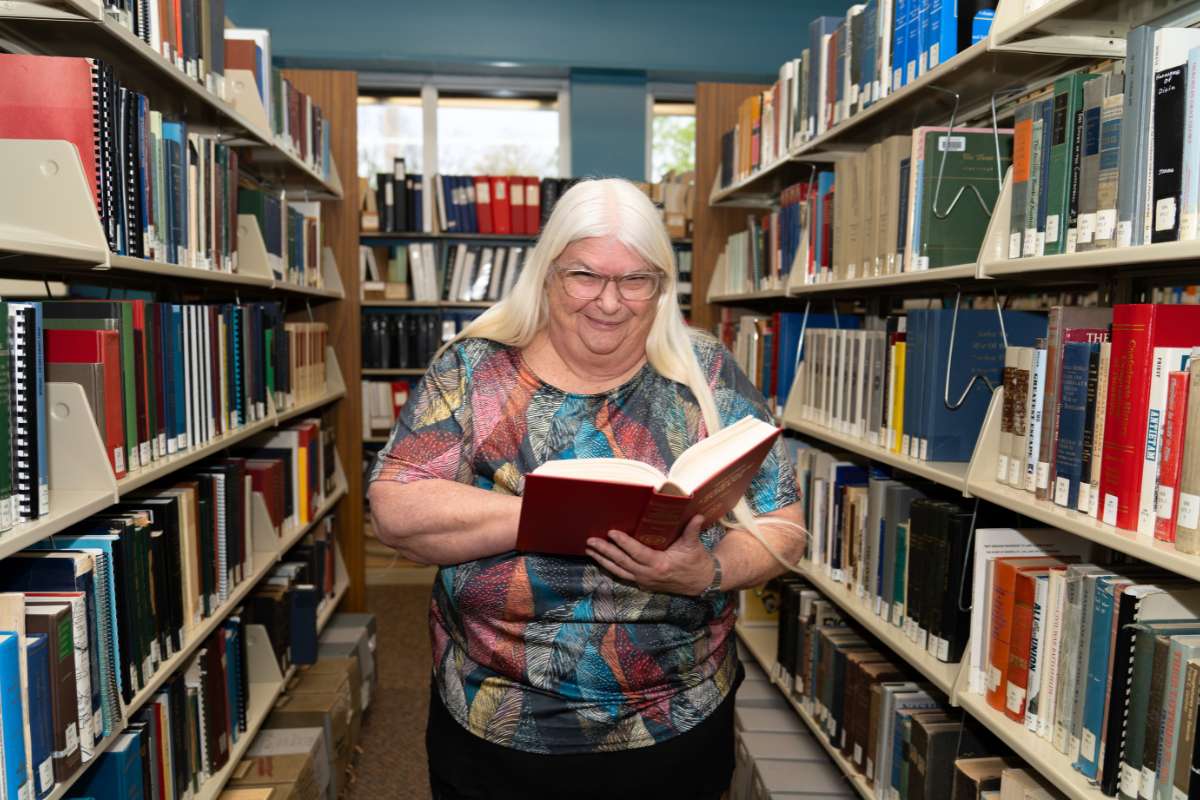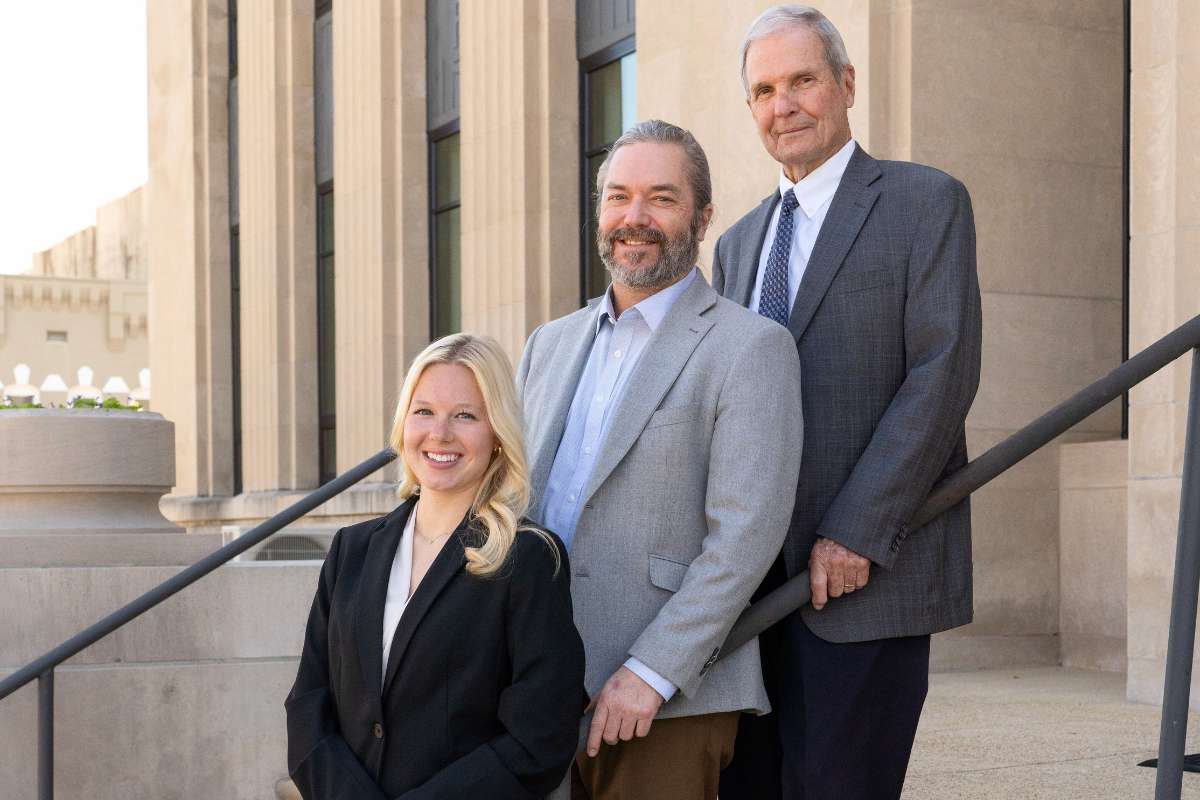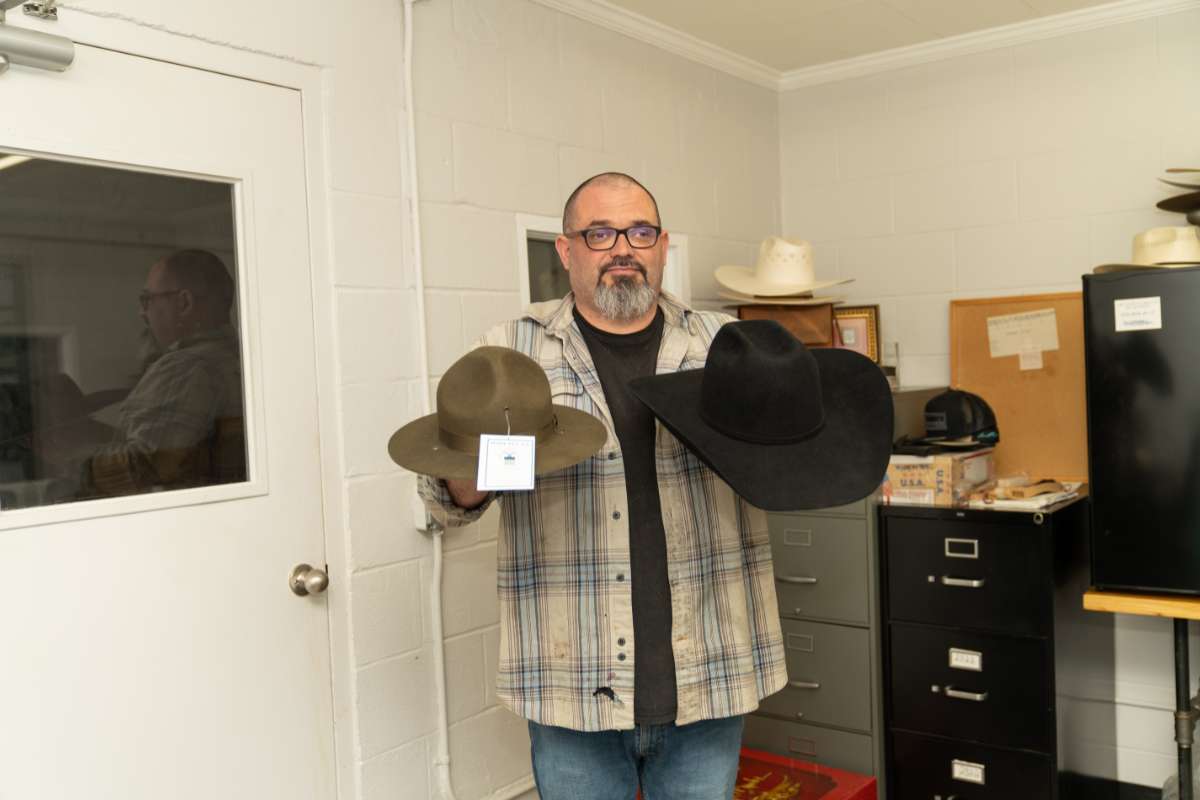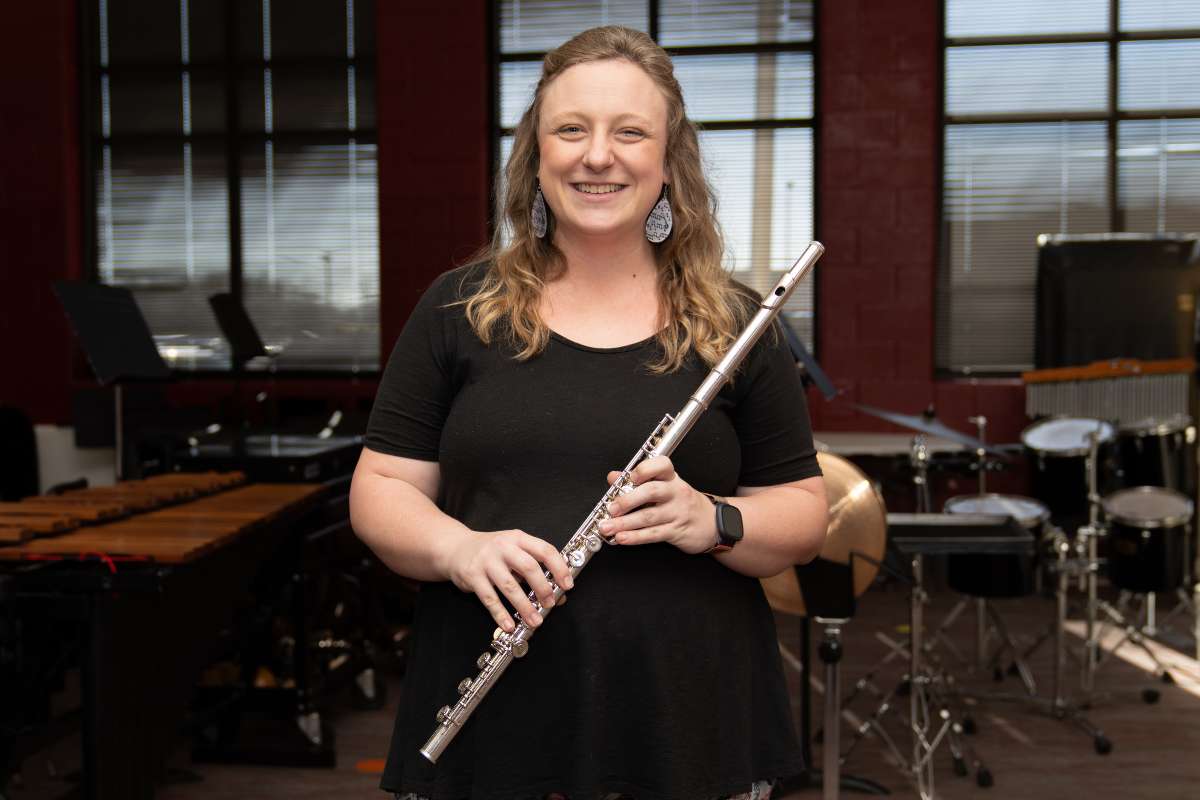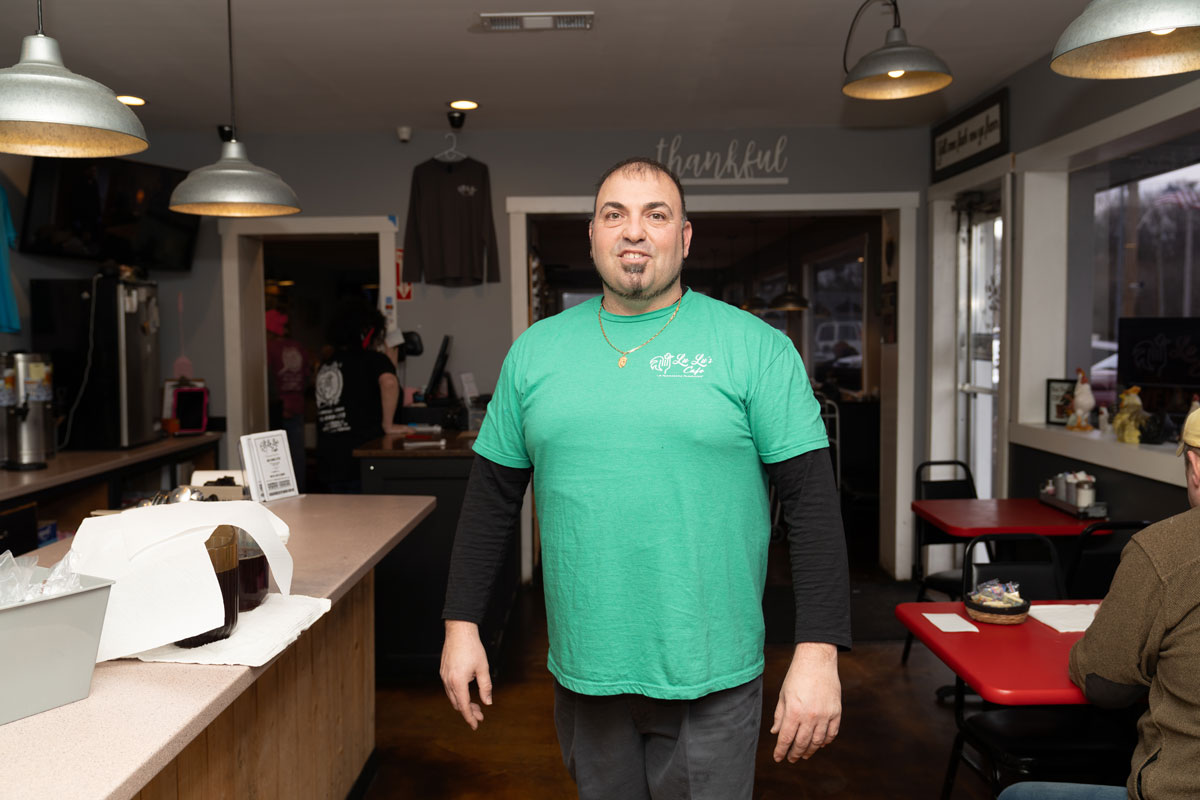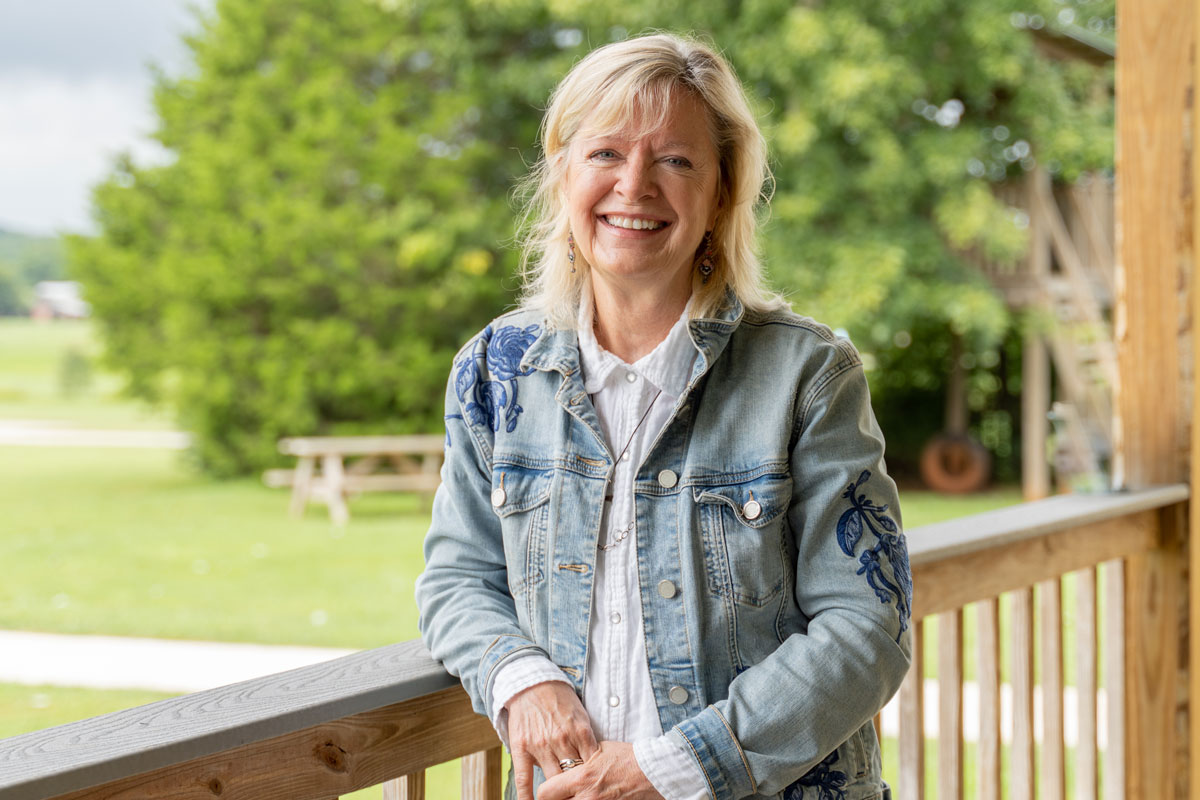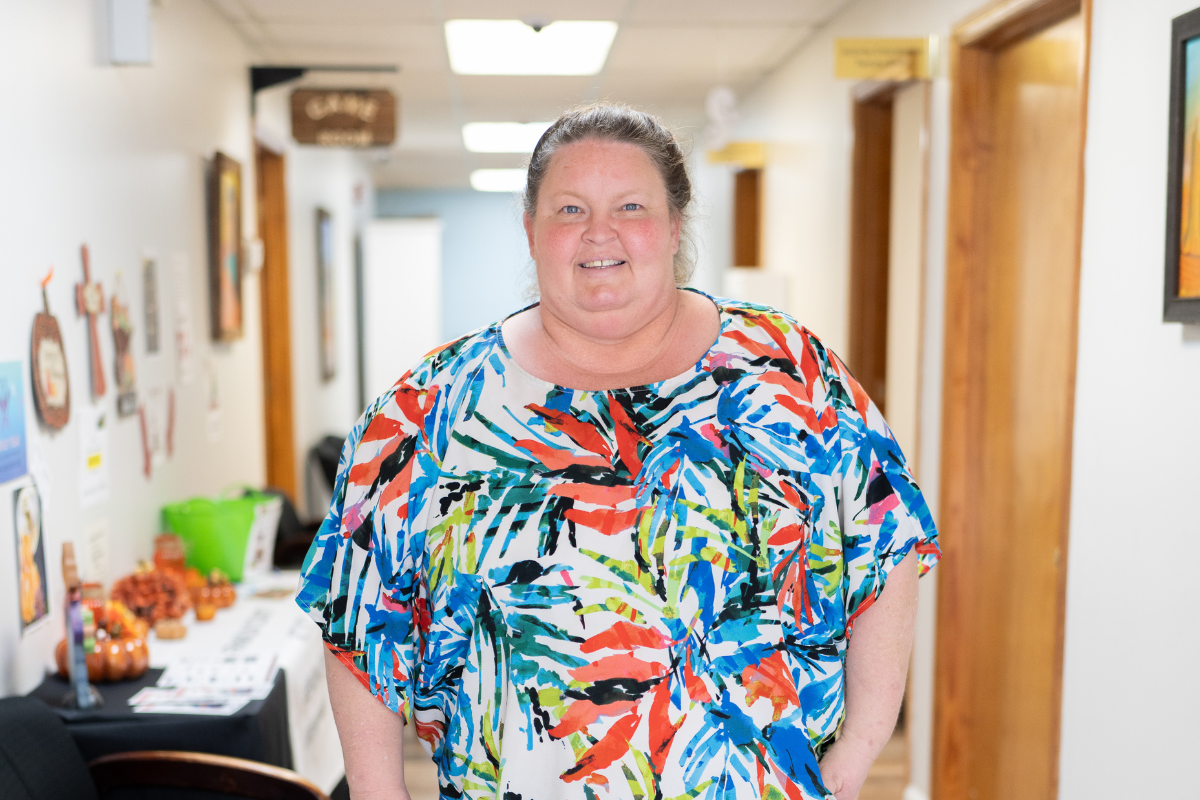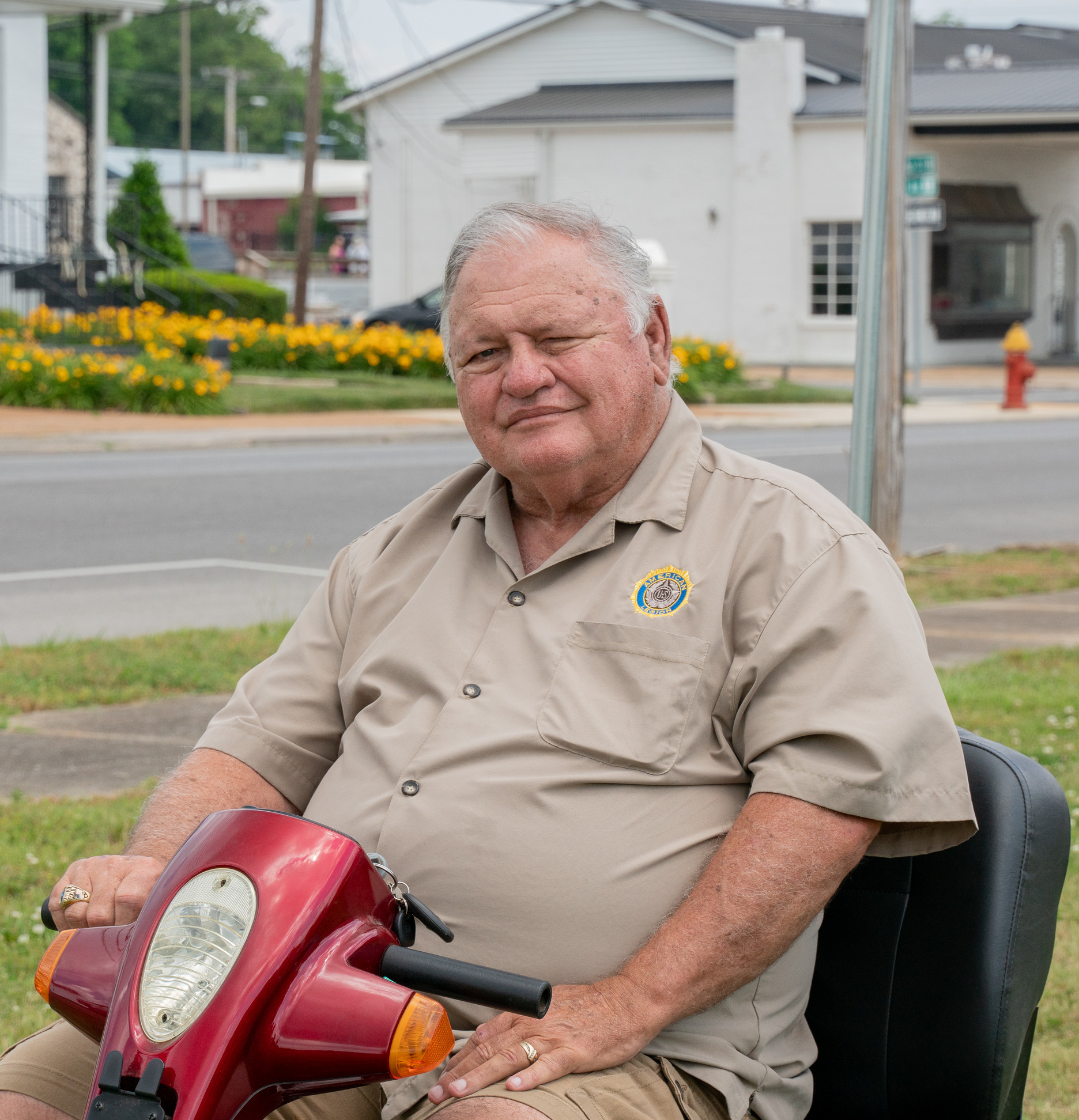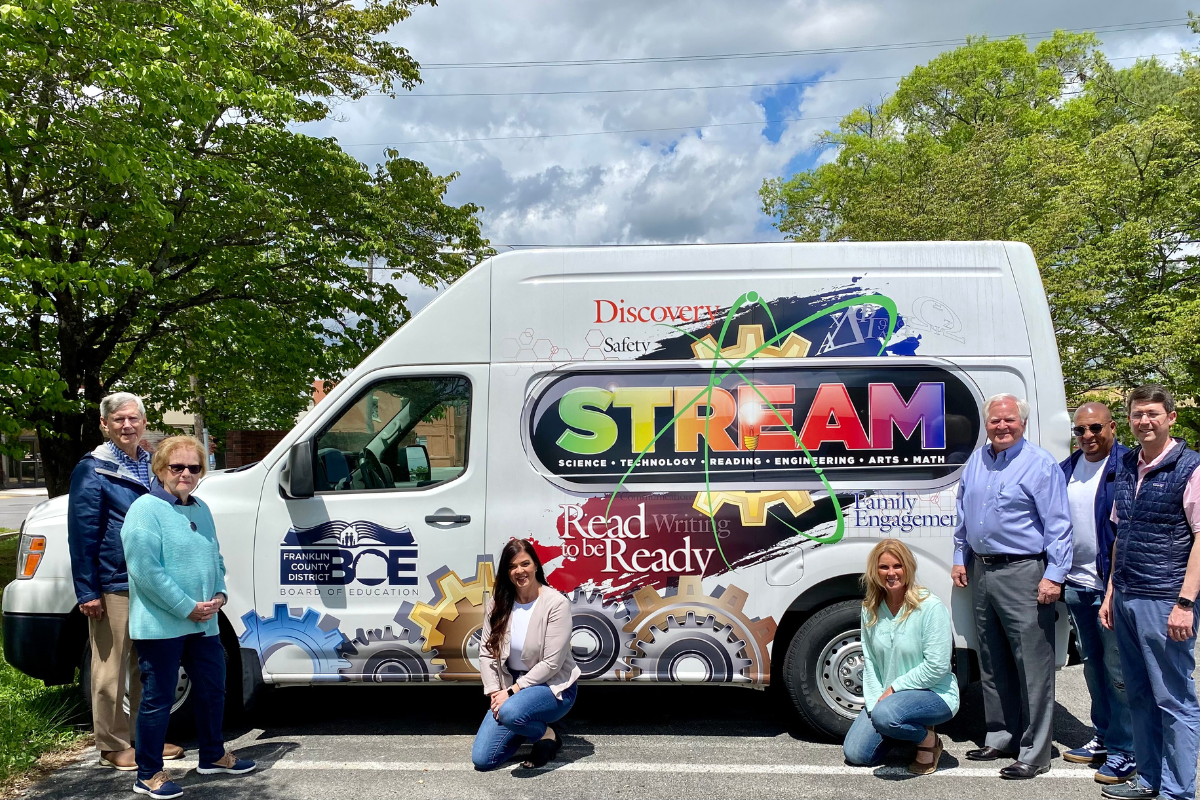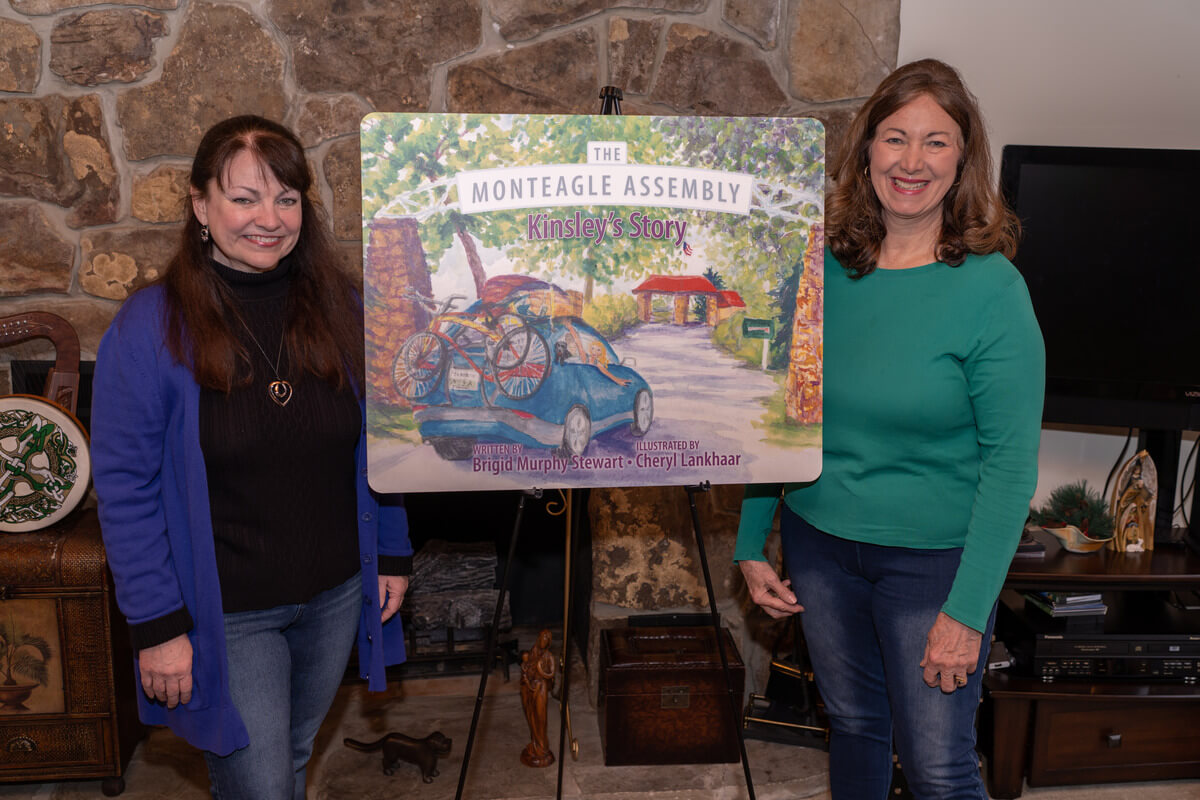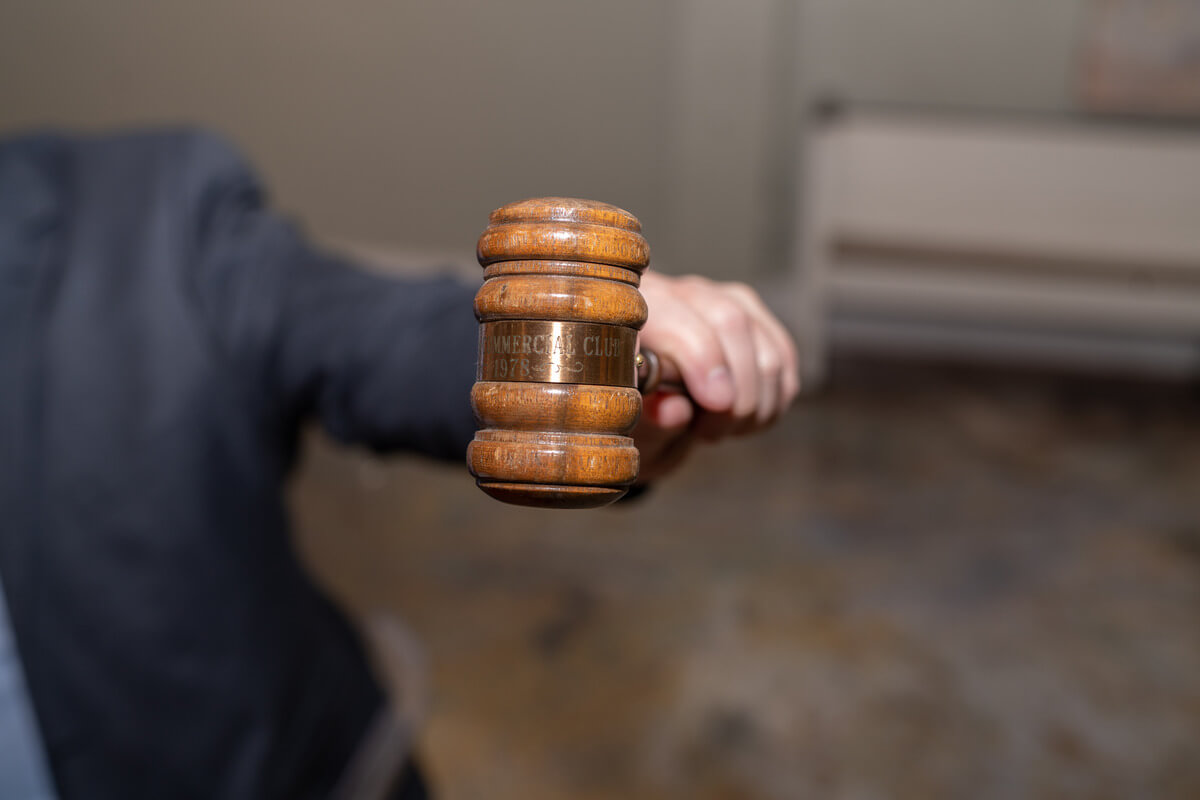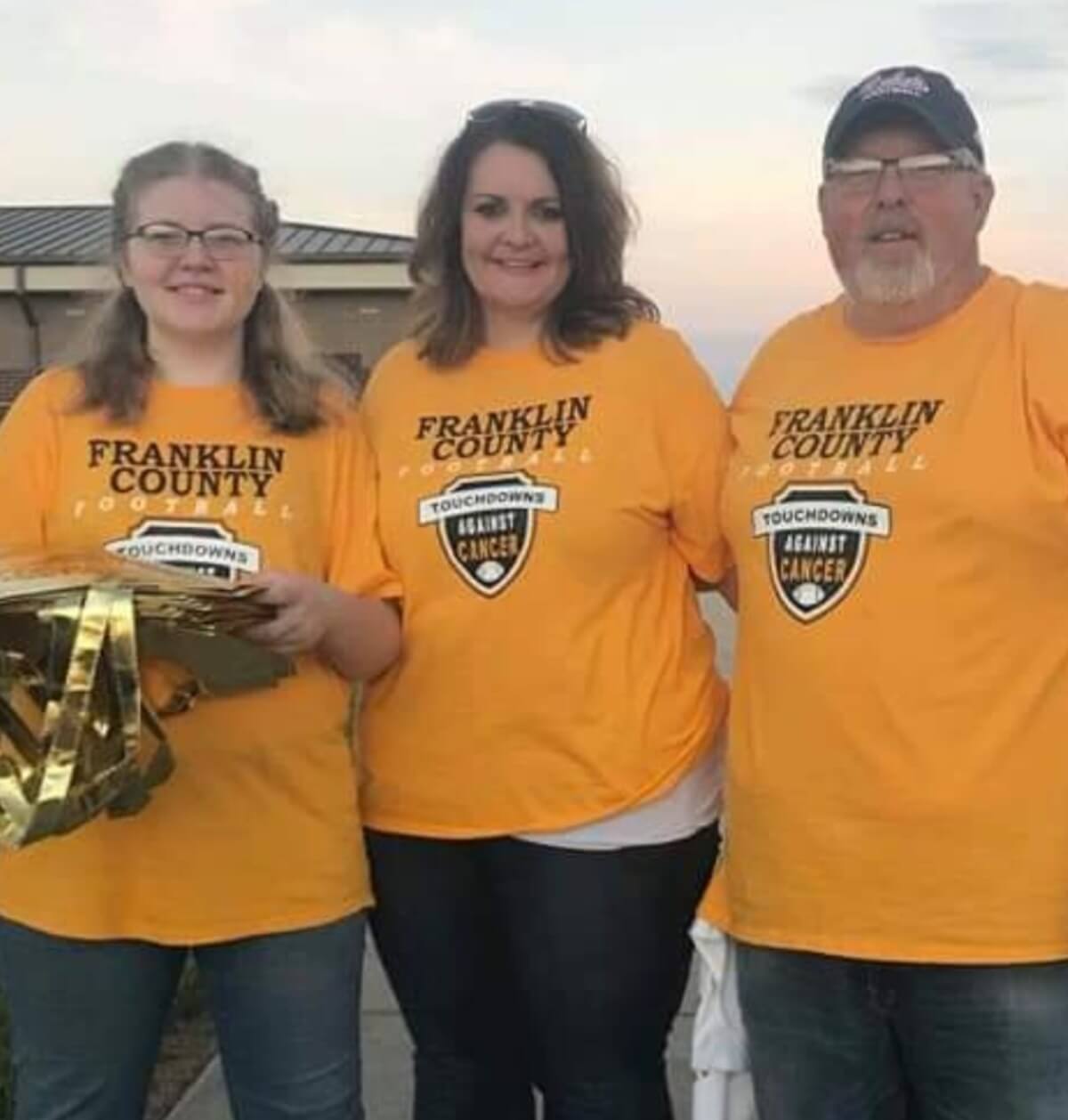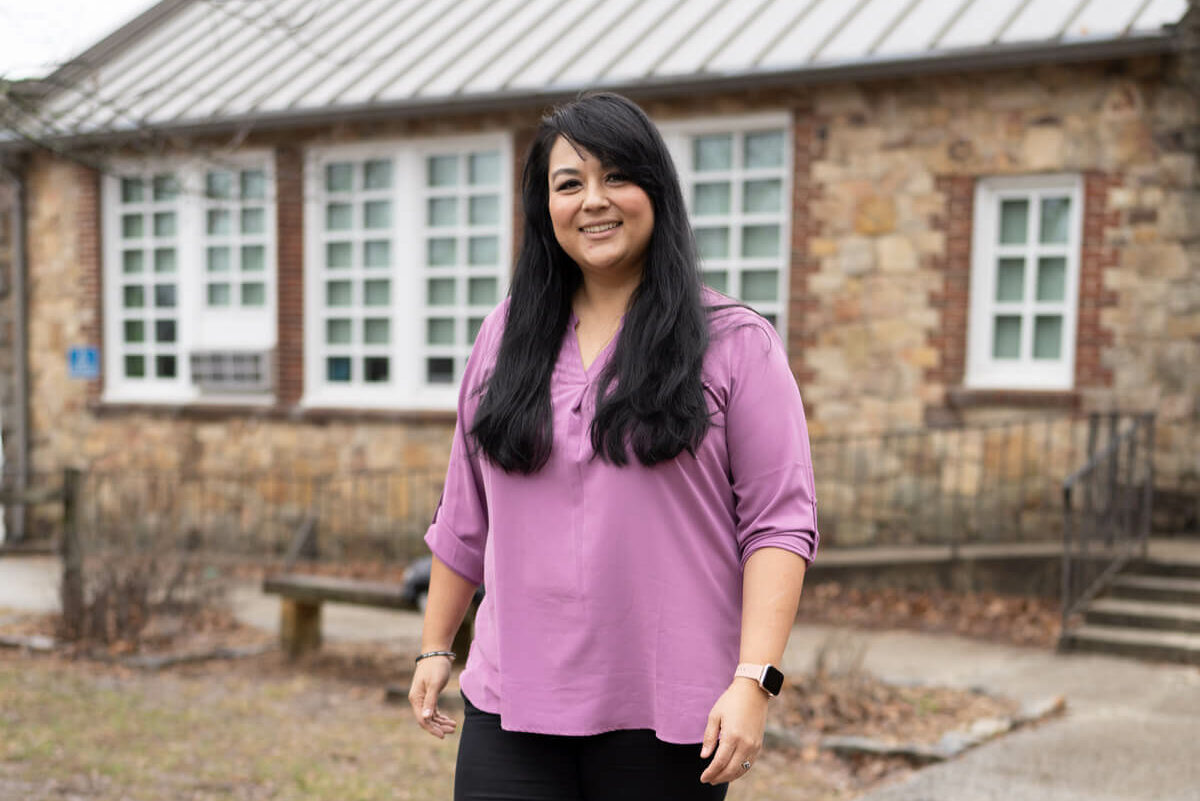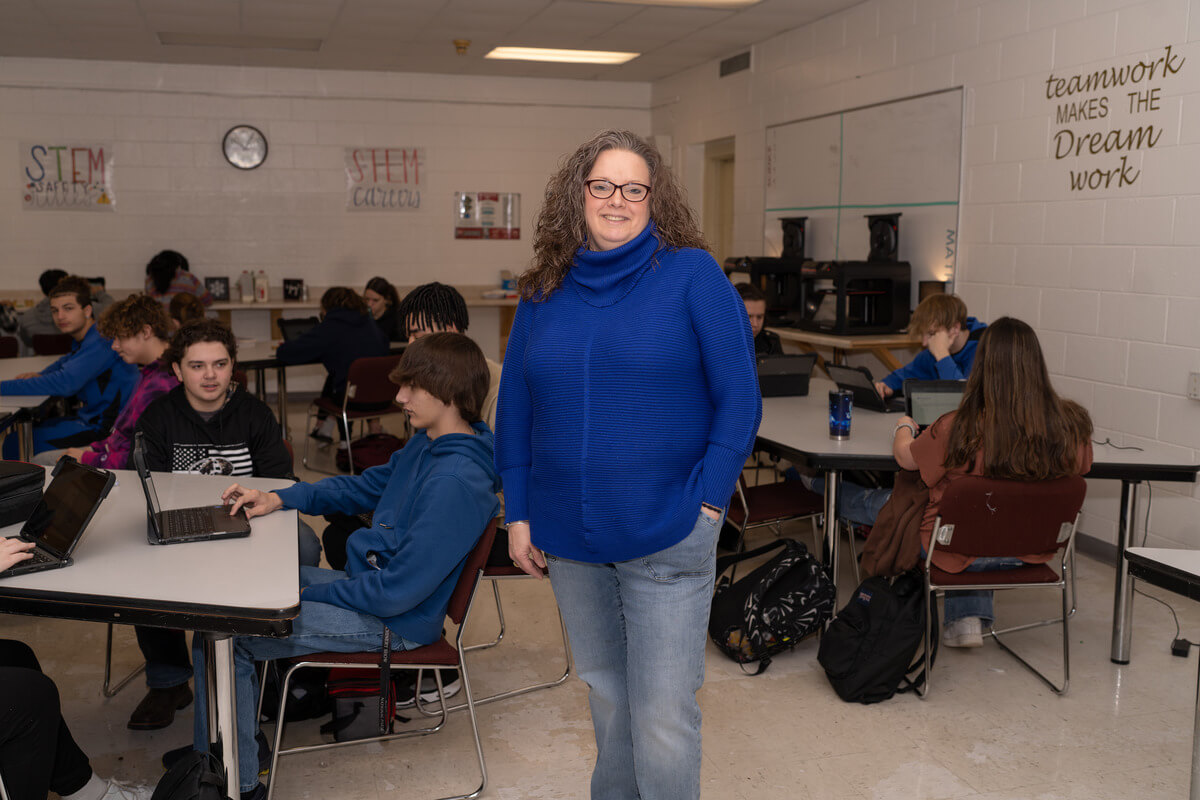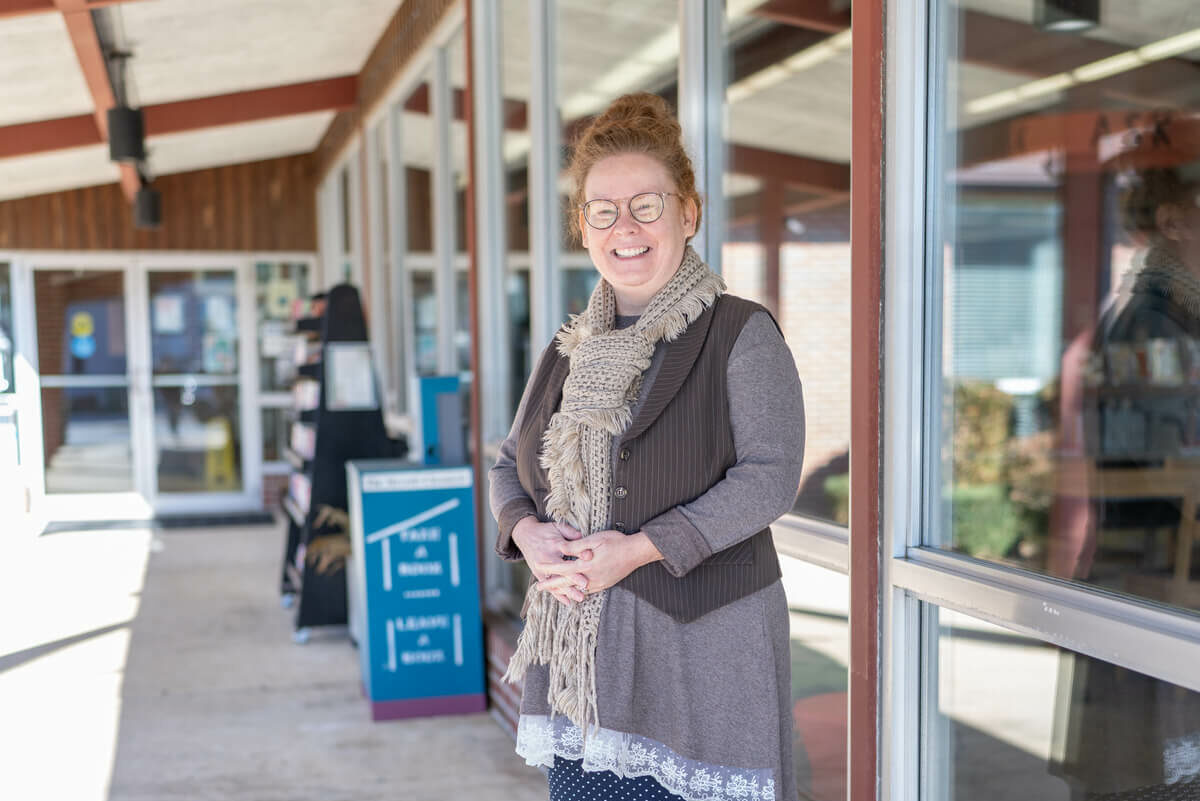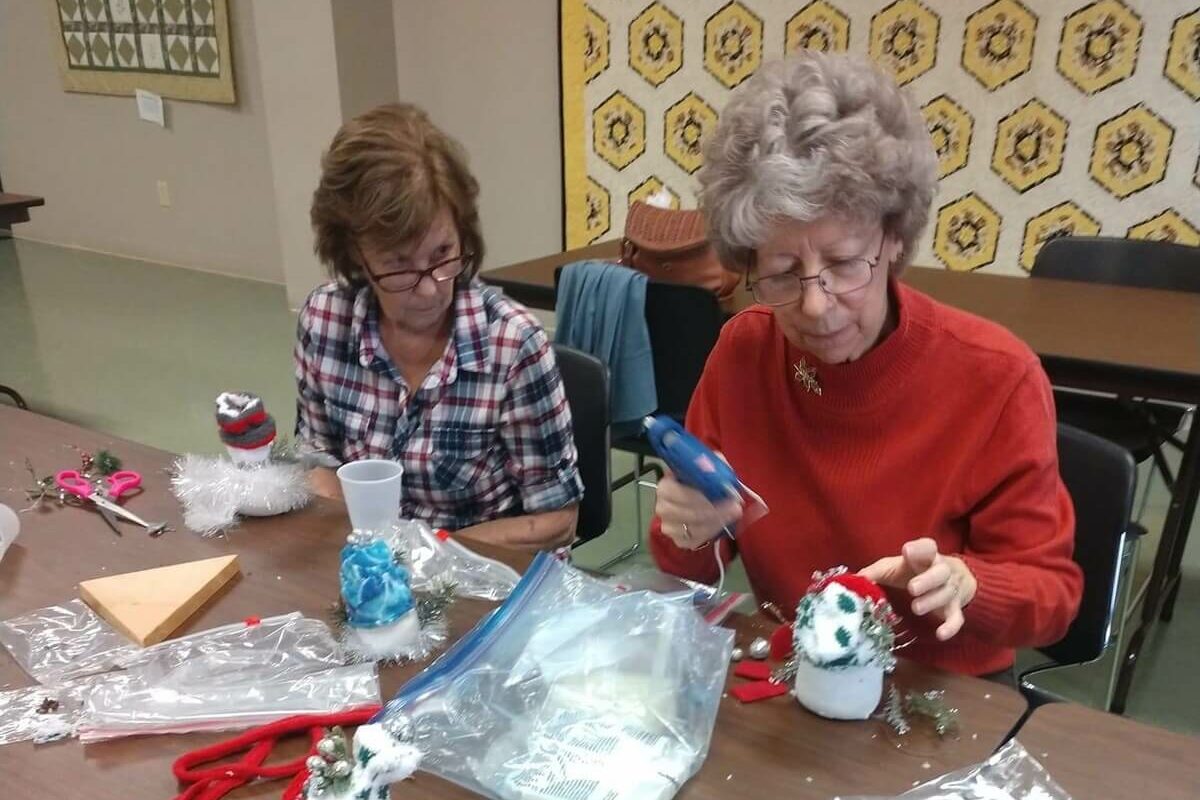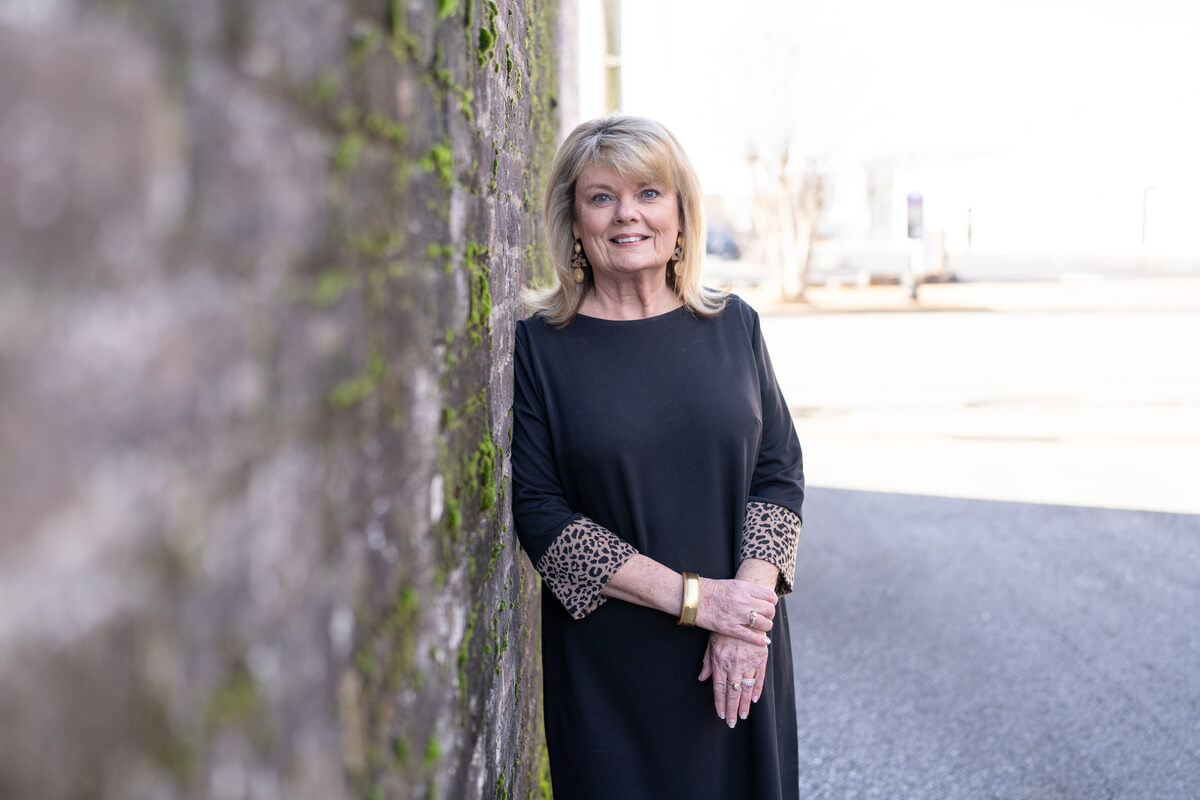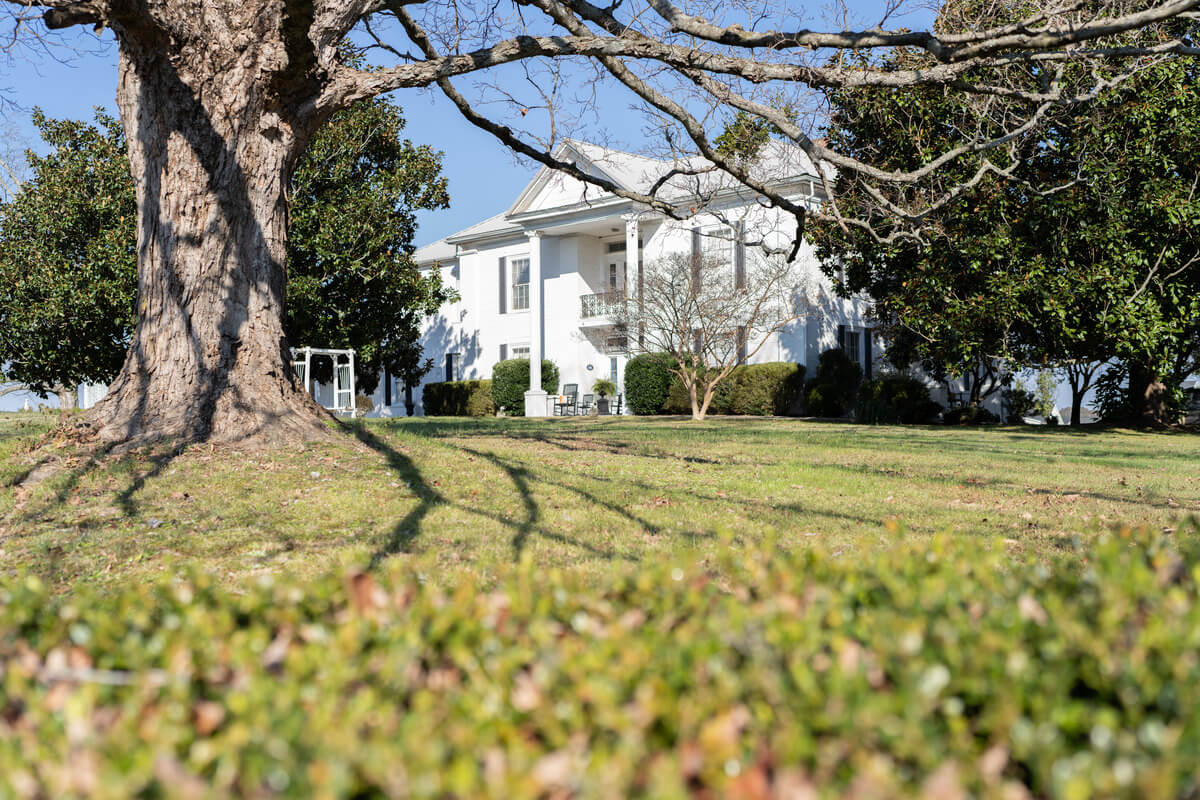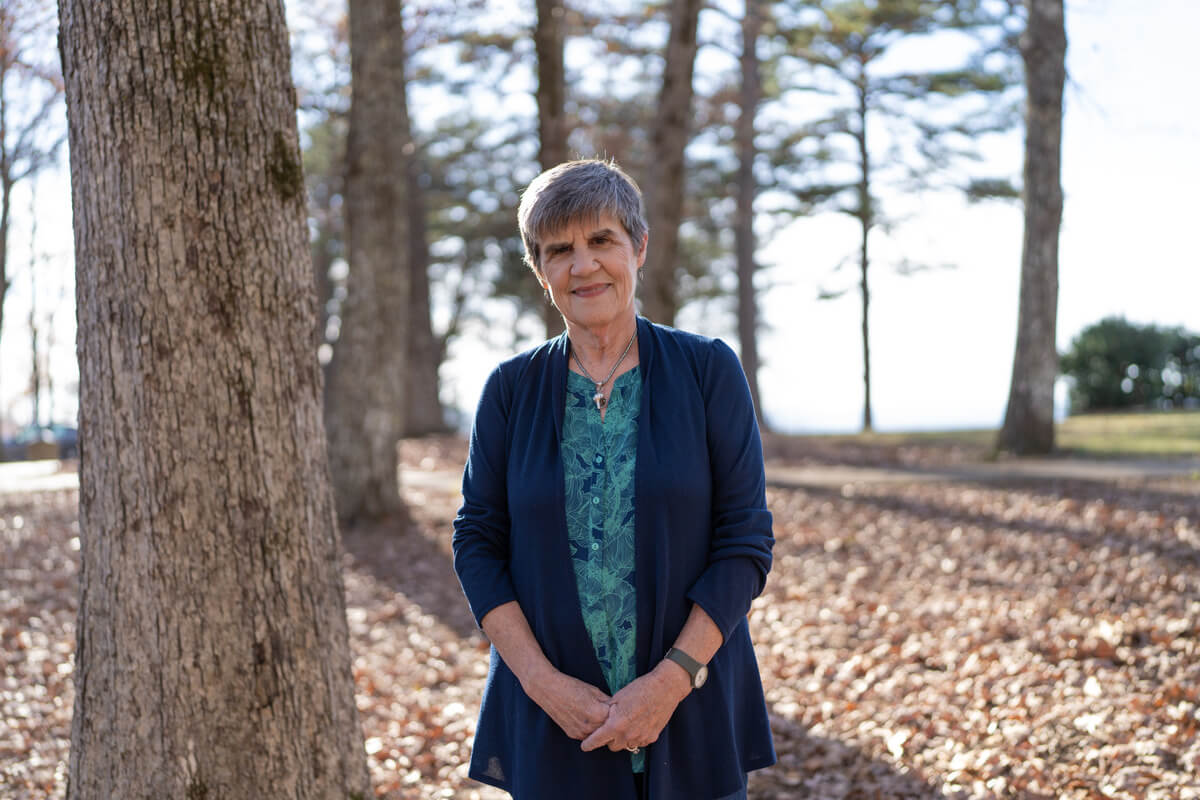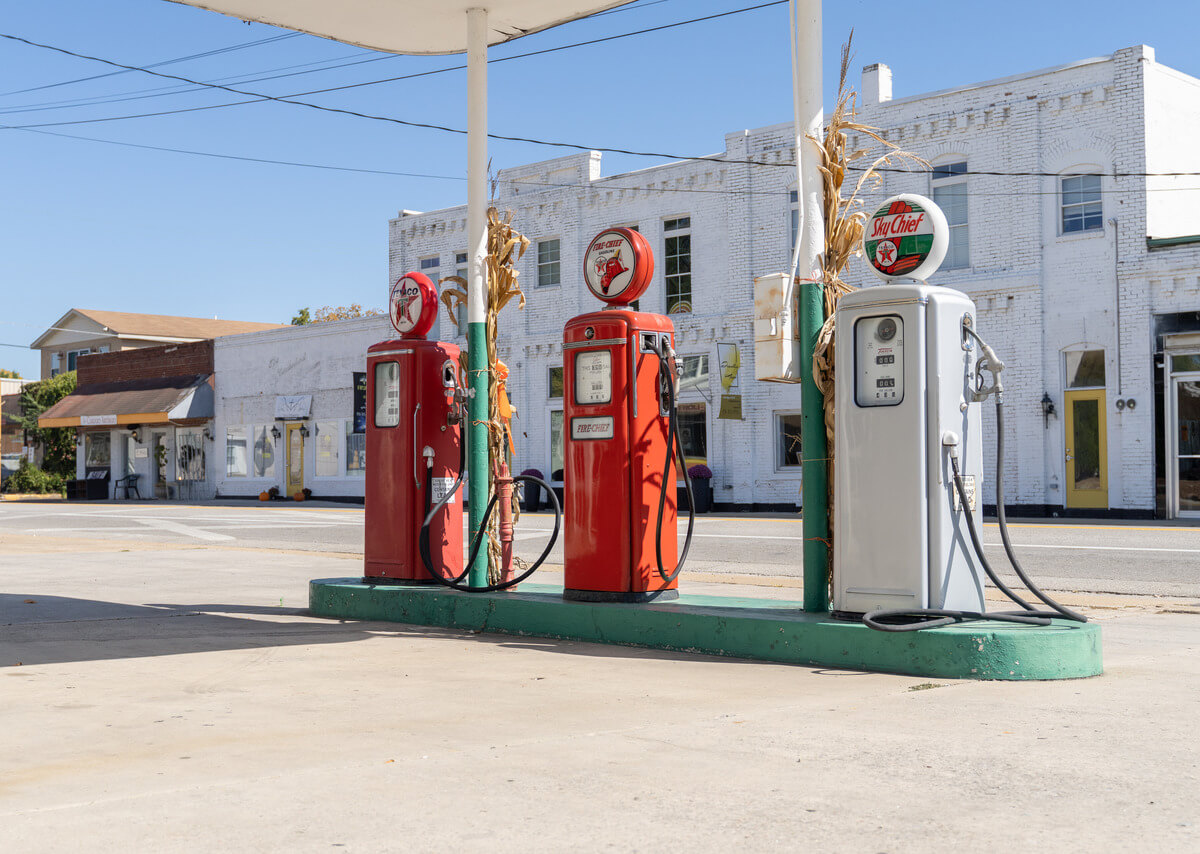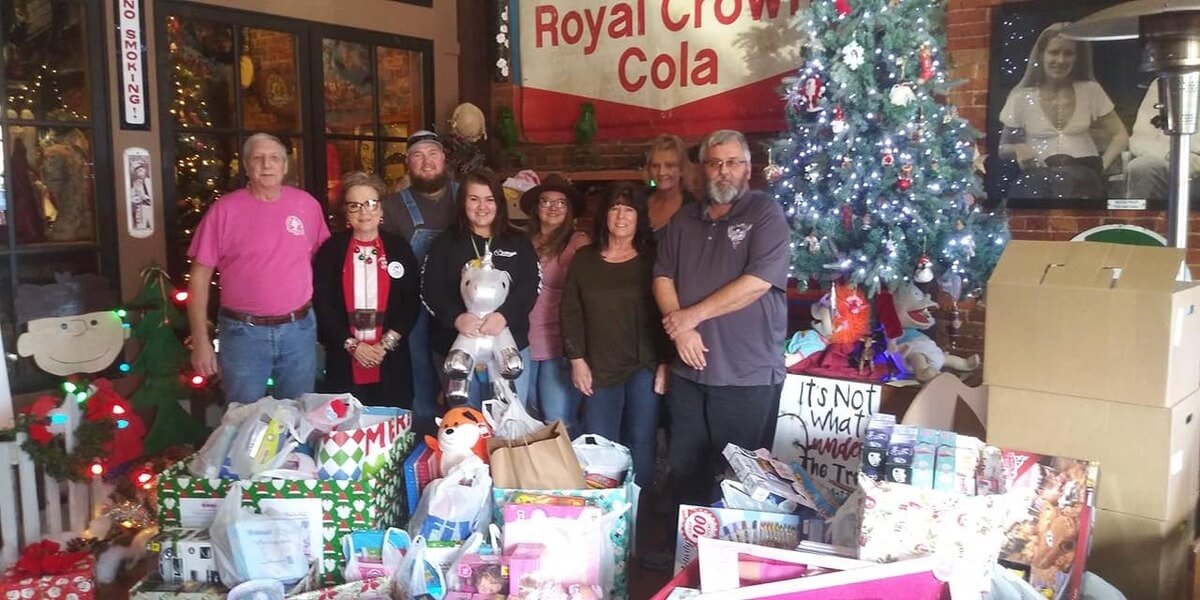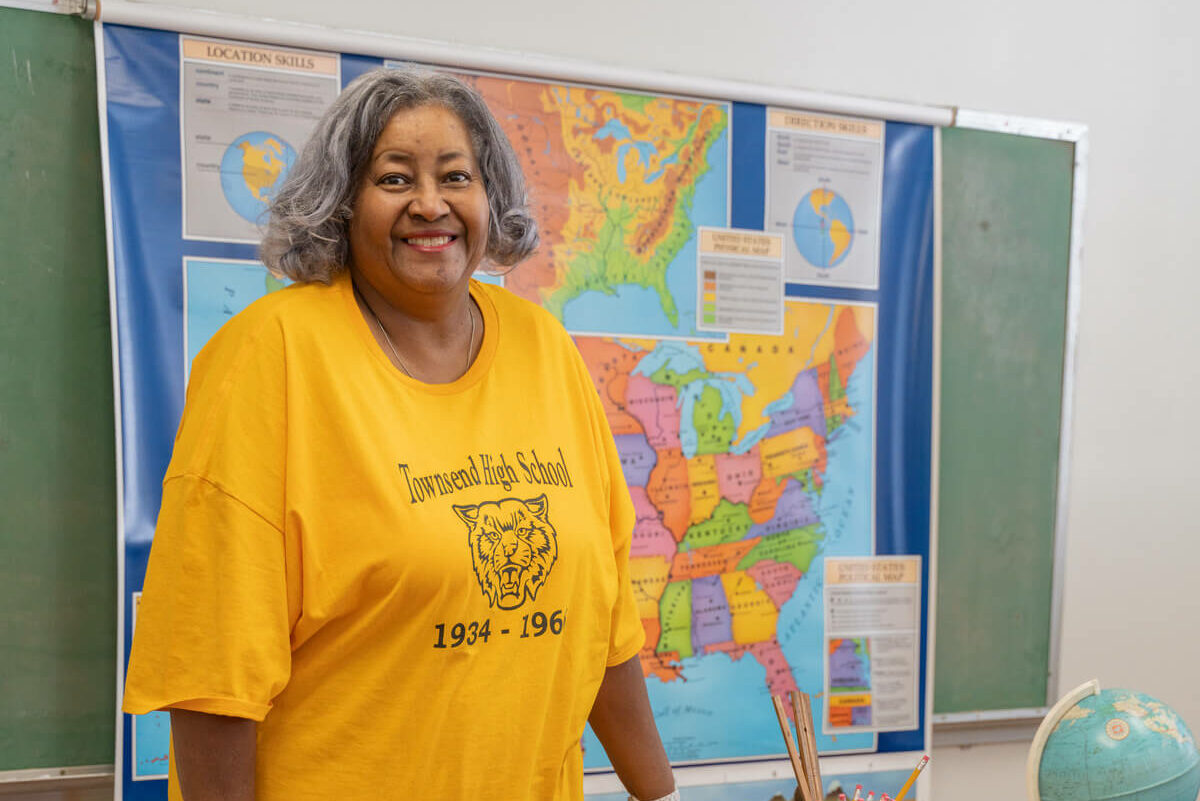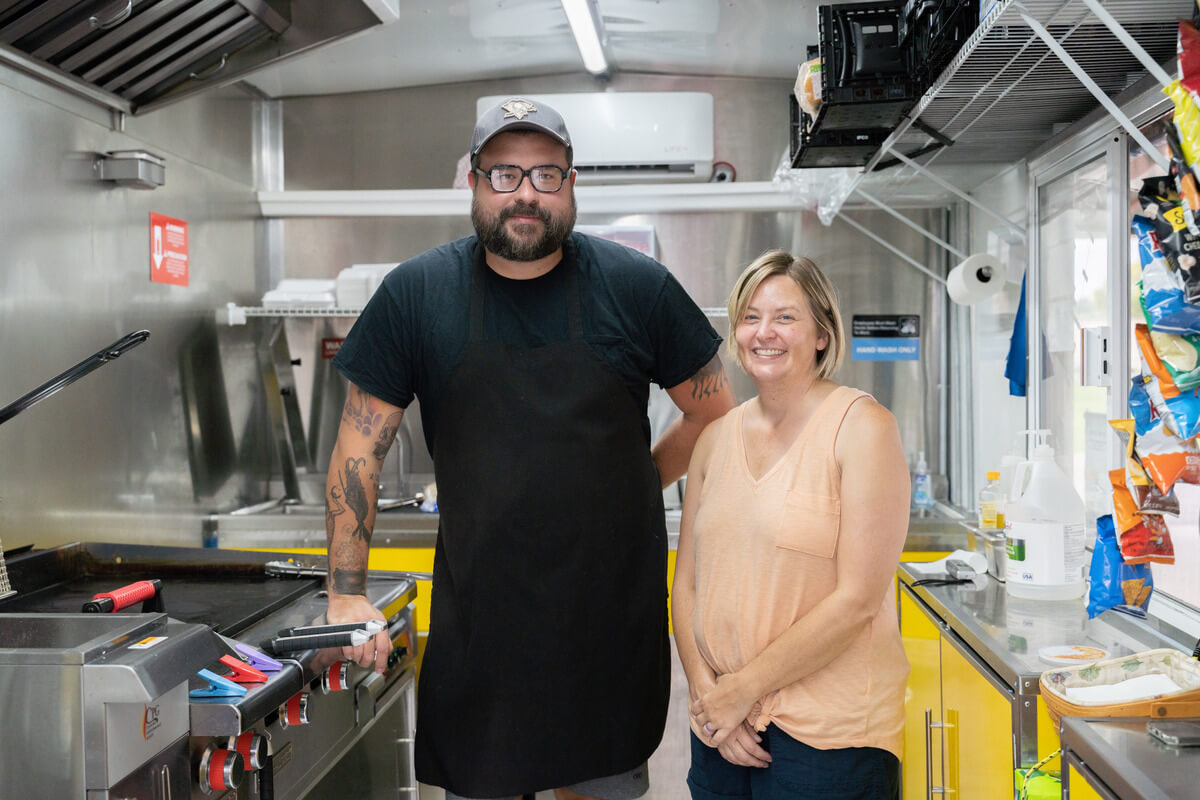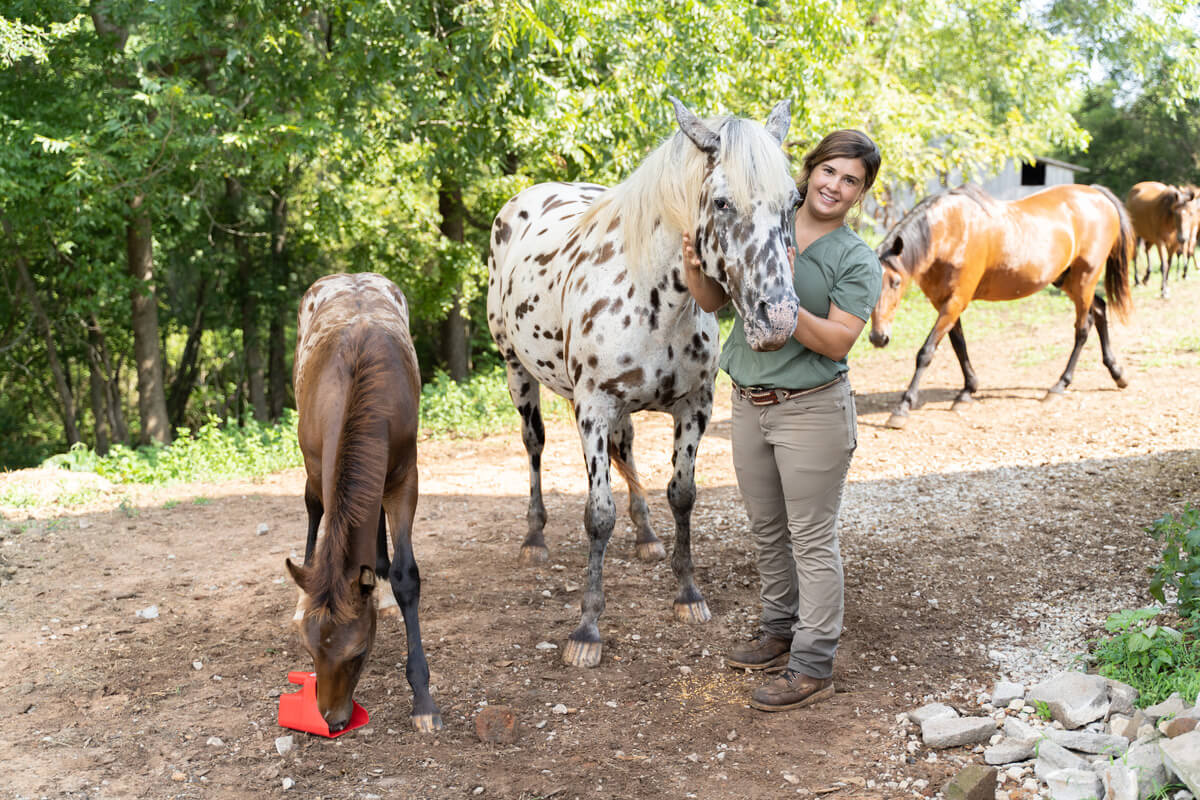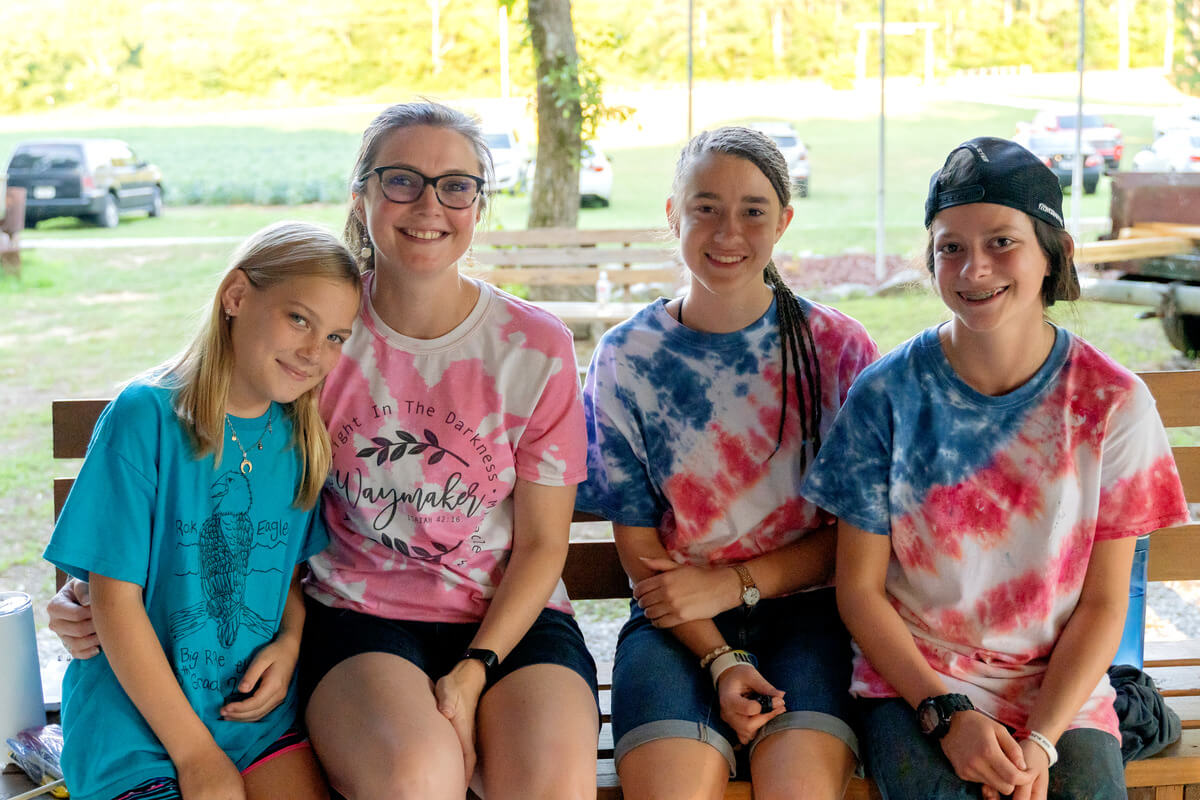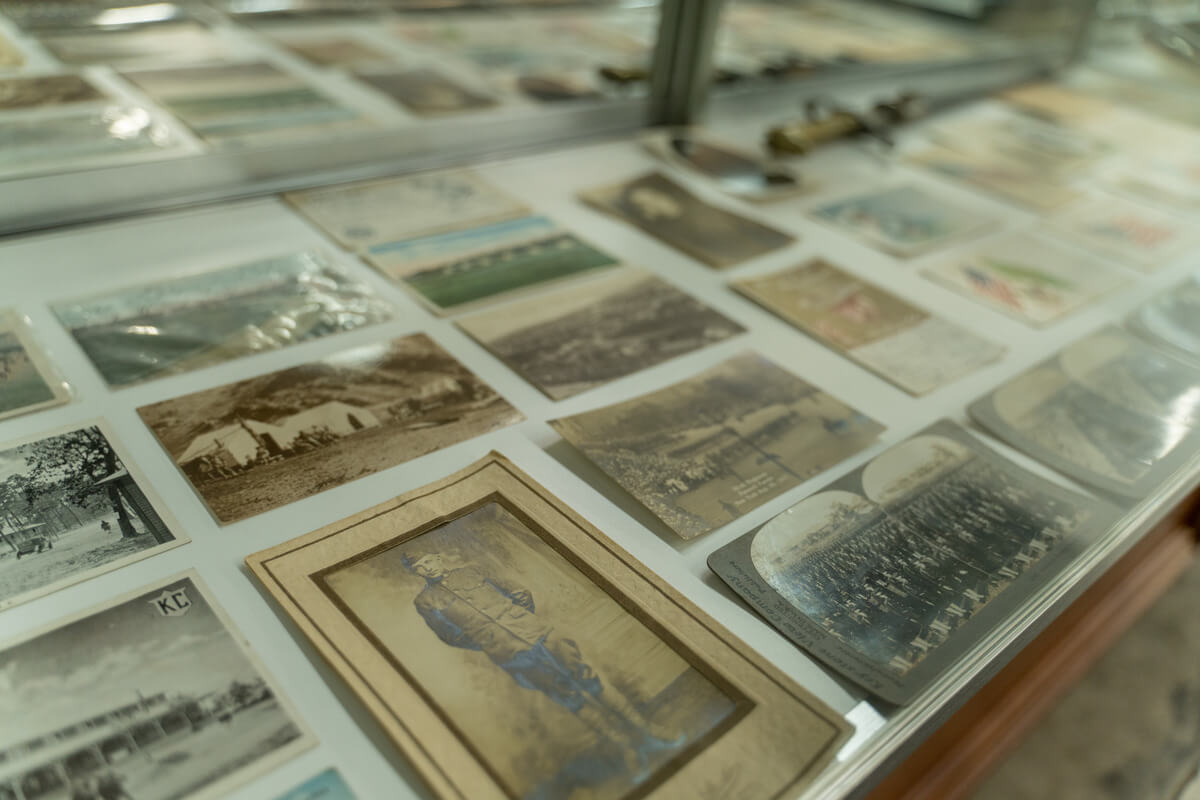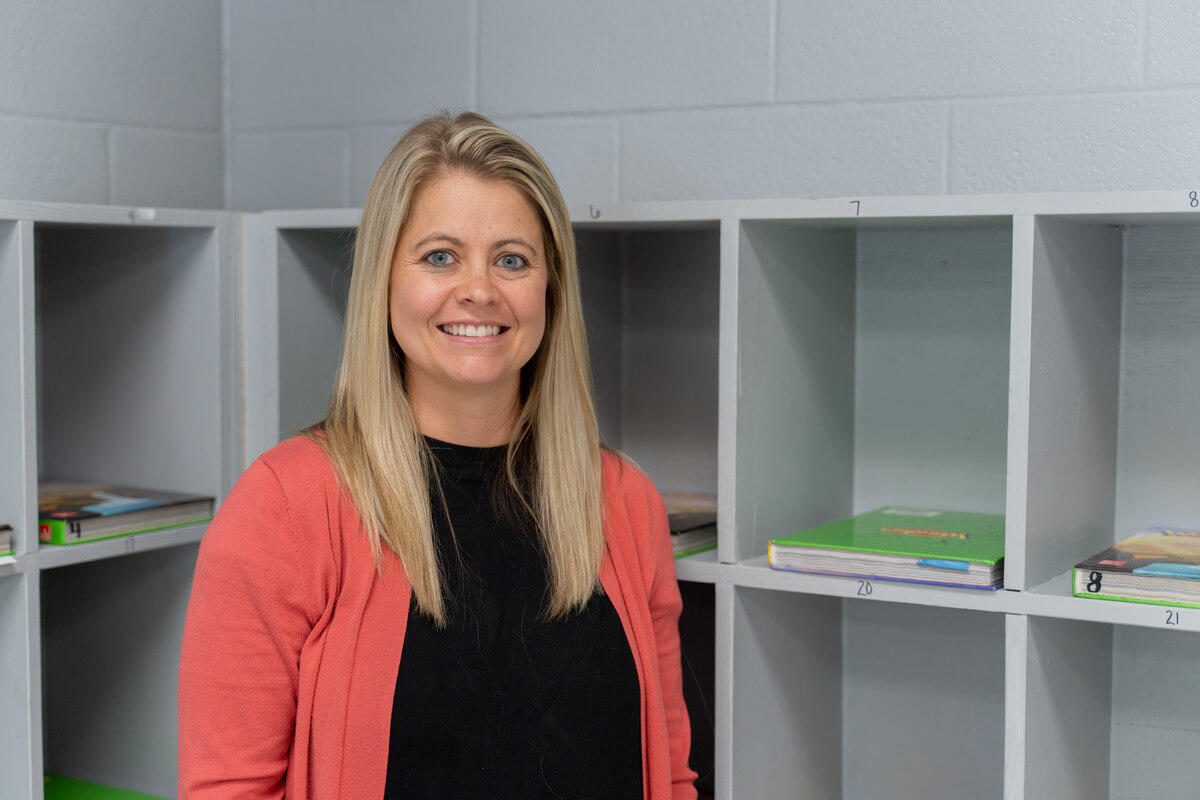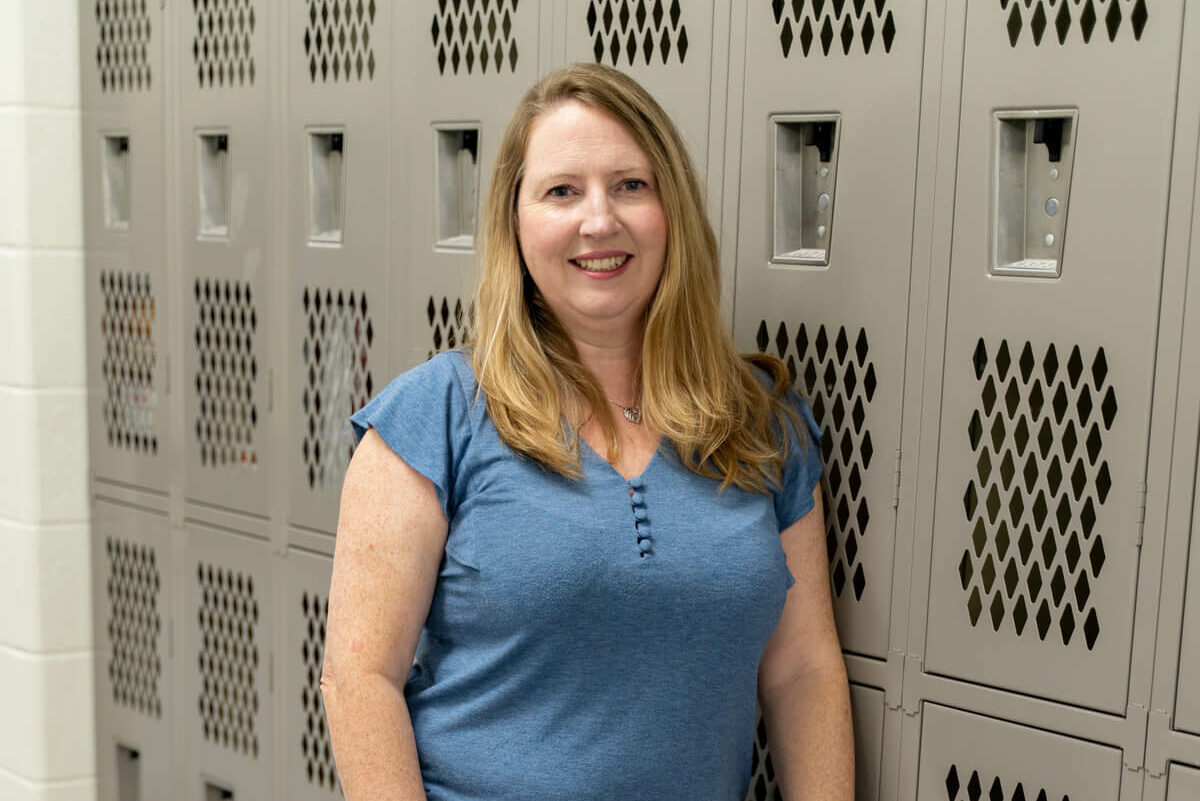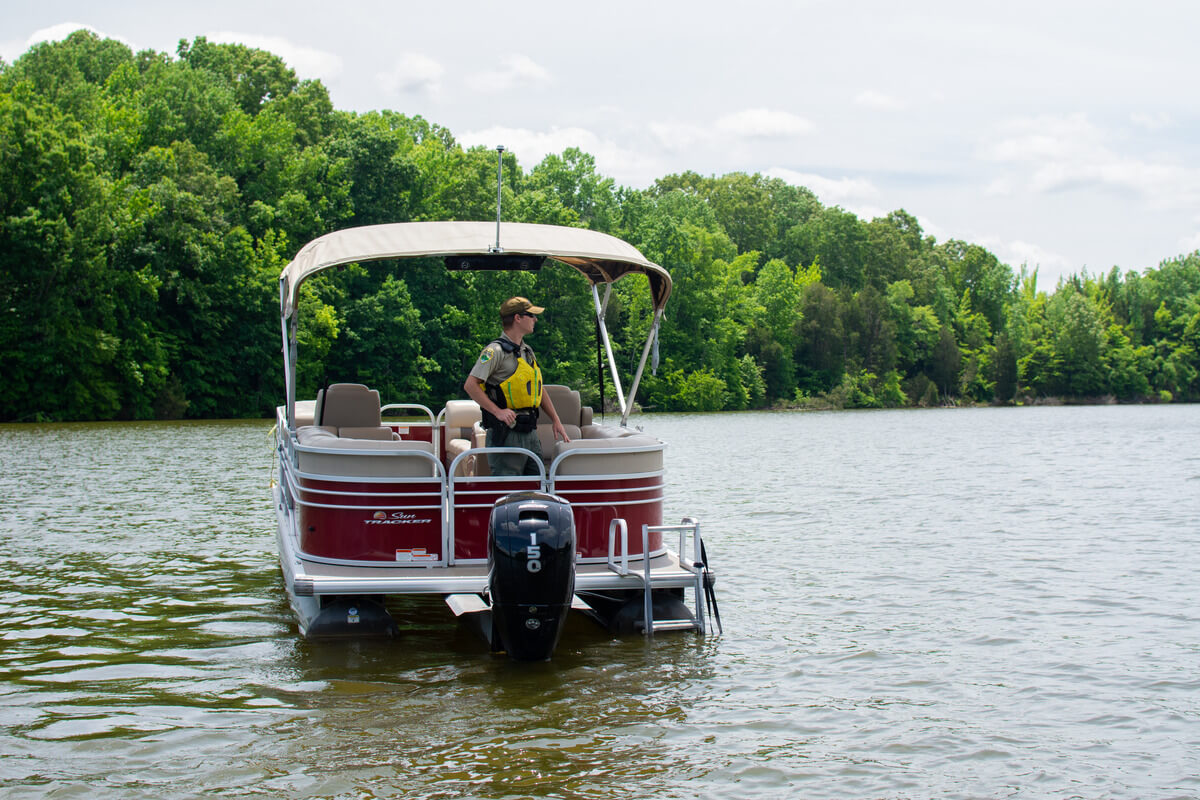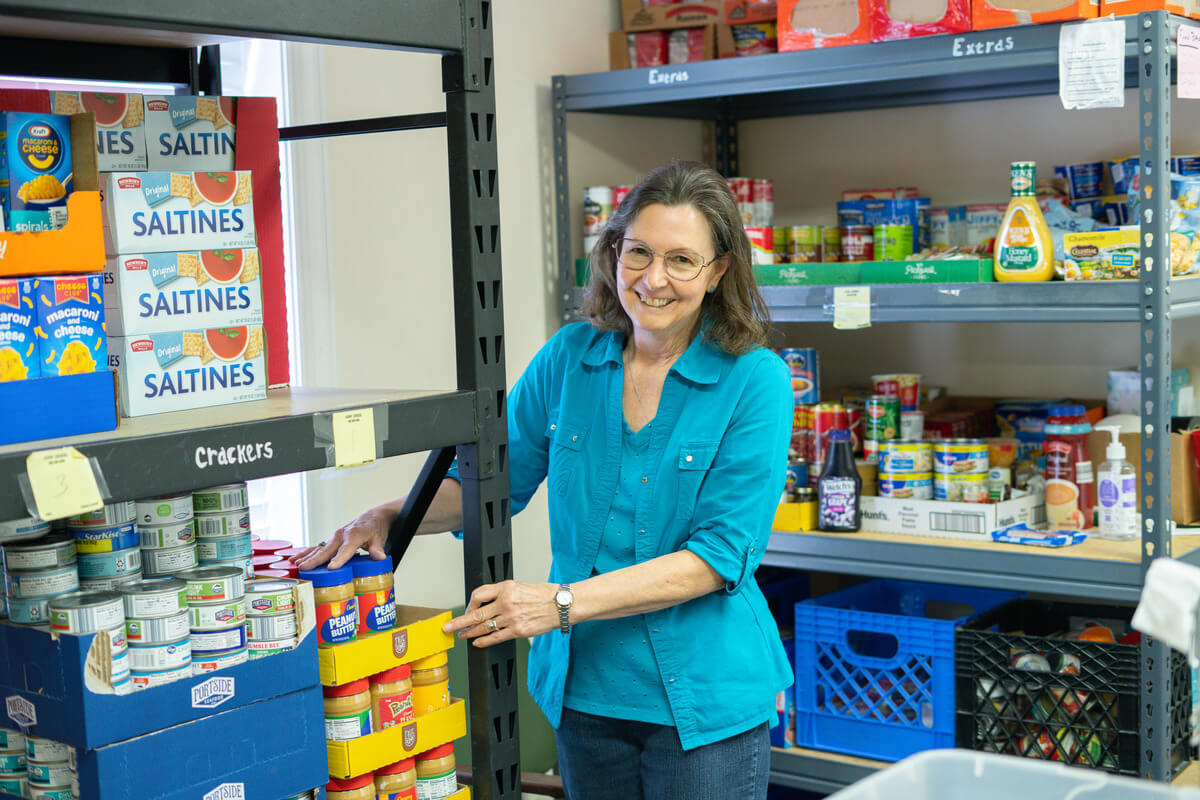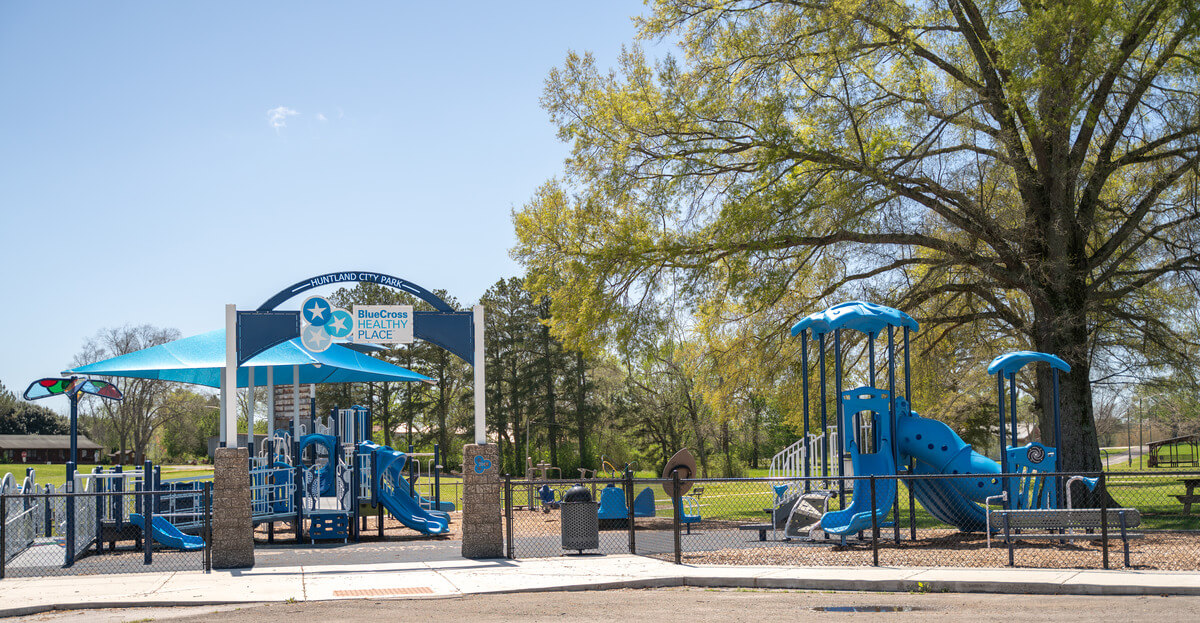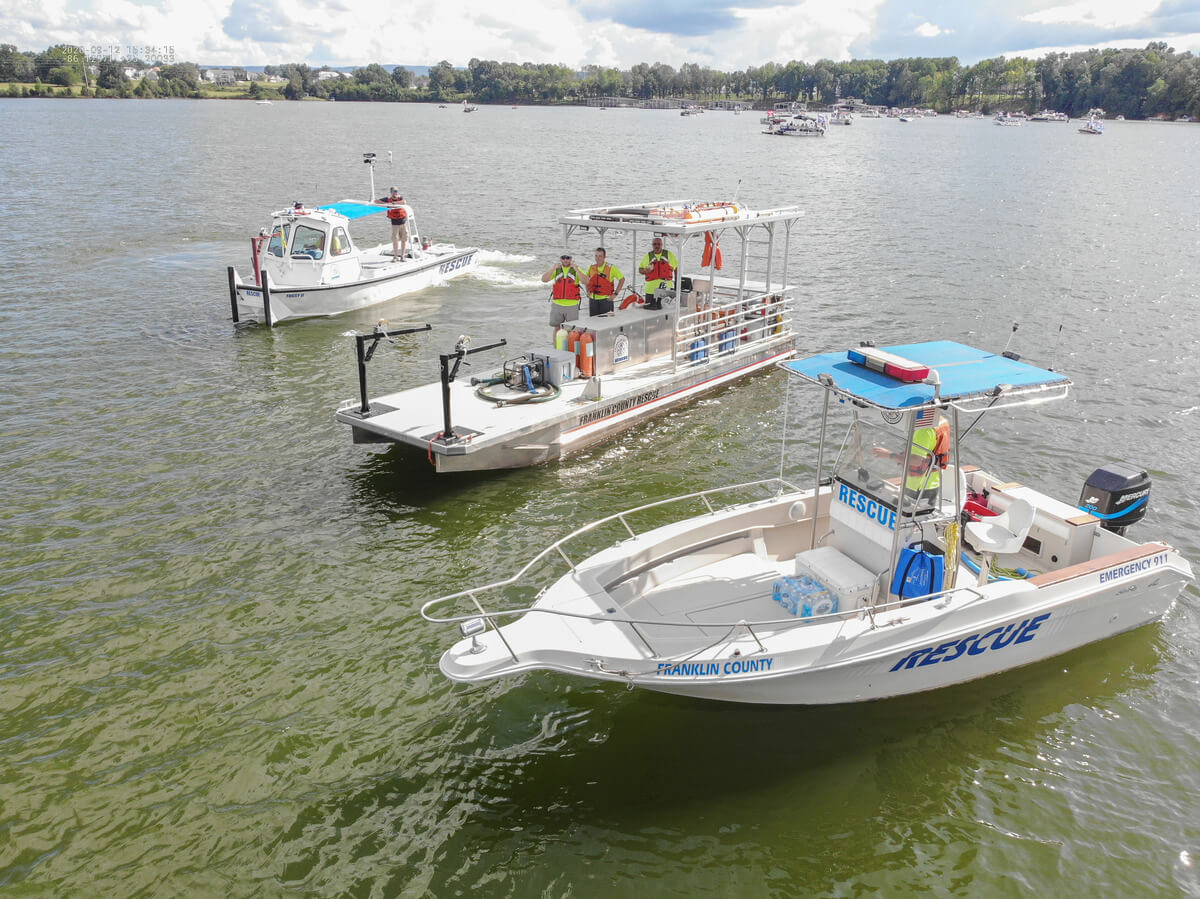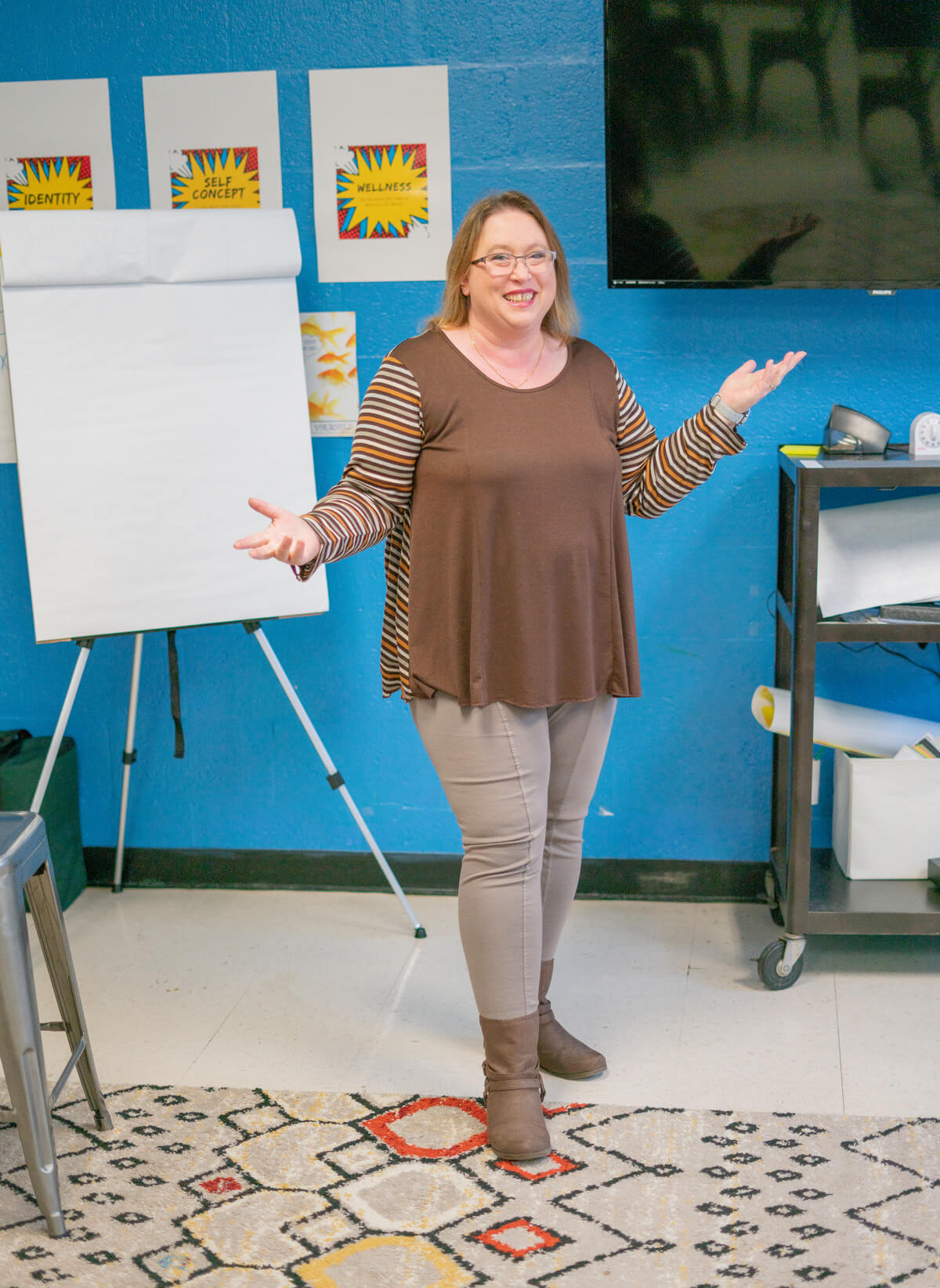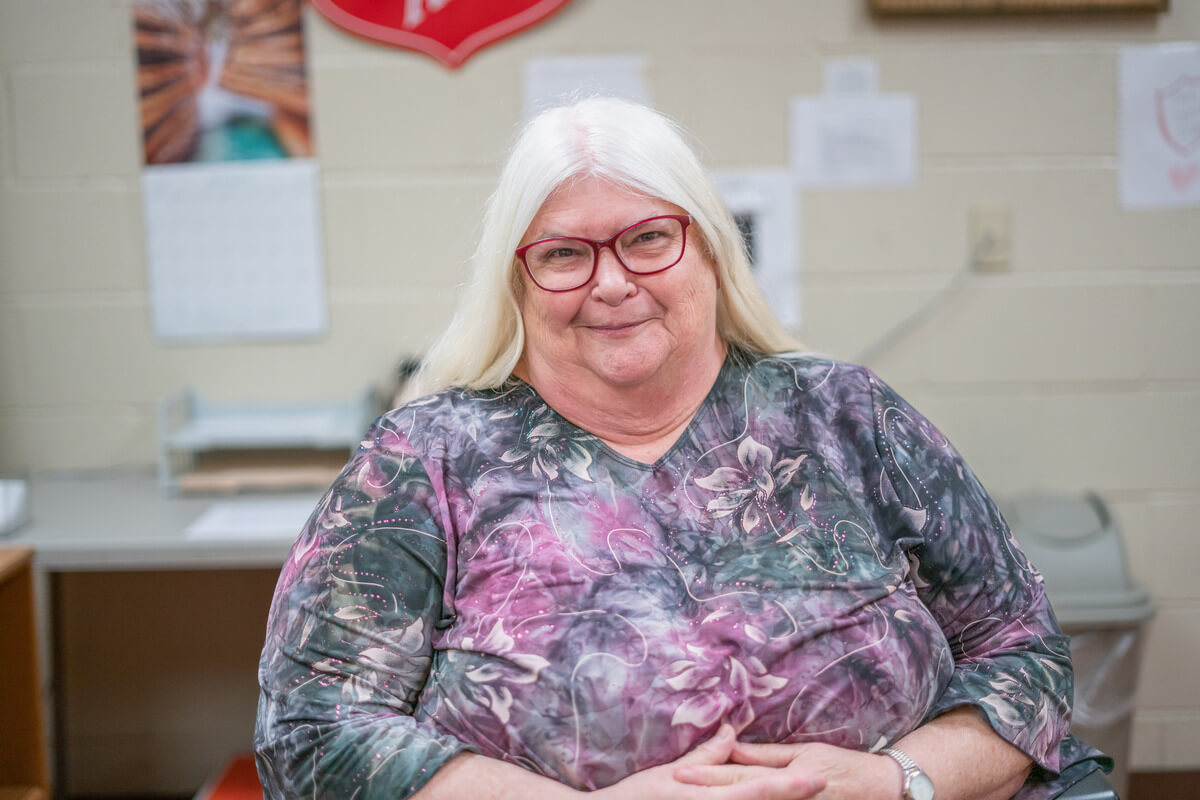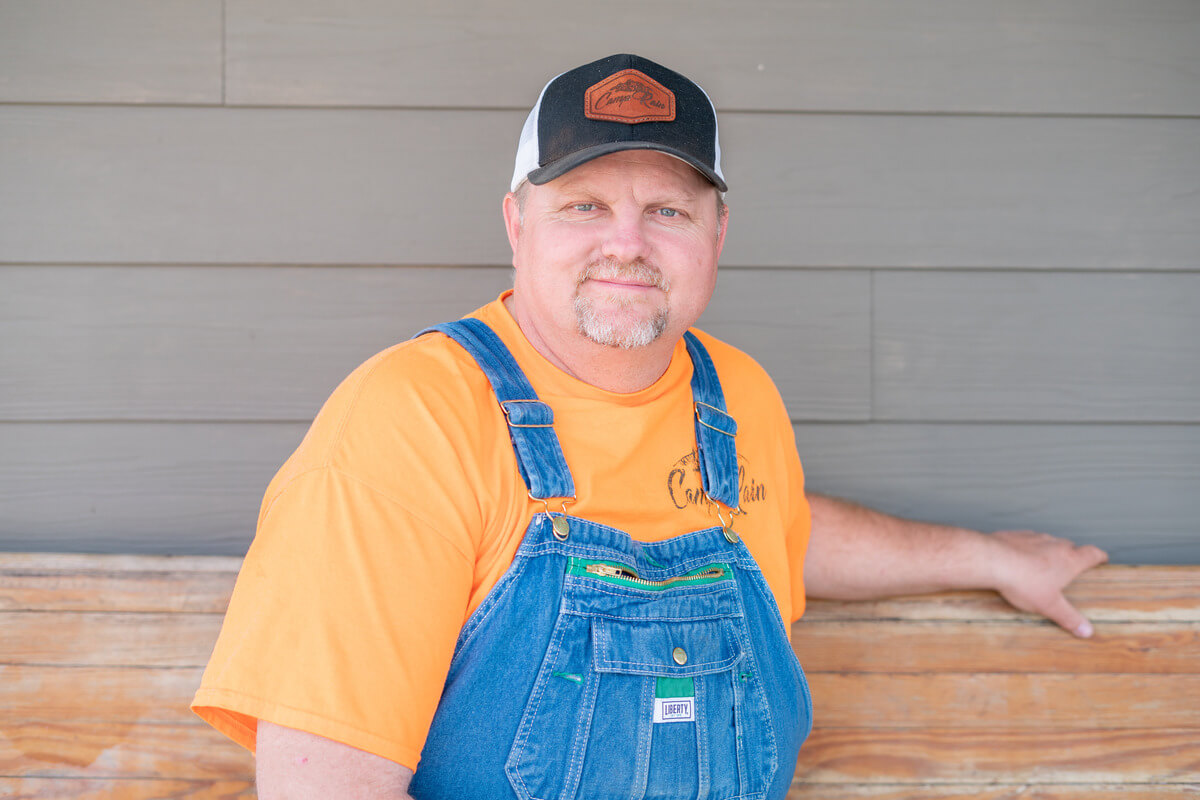PAINTERS CREATE with oils, pastels and watercolor. Sculptures work with clay, stone, and wood, and musicians experiment with melody, harmony, rhythm, and form. Each of these types of artists work tirelessly and painstakingly over their lives and careers to create masterpieces of art, sculpture, and music that will continue to live on long after they have. It is their life’s work and something that brings them joy.
For Judy Henley Phillips, local history is her masterpiece. The learning, research, and its safeguarding is her life’s work, and she has worked tirelessly over the last 46 years to make sure its preservation will live on long after she and other volunteers have made their mark with these historic records.
The archives department is located in the Franklin County annex building off of Dinah Shore Boulevard in Winchester. On Wednesdays, from 9 a.m. to 3 p.m., you can find Phillips, along with Suzy Smith and Pat Van Santen, working diligently at preserving our Franklin County history. Phillips got her start with preservation in 1980.
“When I retired from First National Bank in Tullahoma,” she said. “I was sitting in my backyard reading a National Geographic magazine. I was reading about the Smithsonian Institute and how they had boxes of plates that no one had time to decipher. I thought to myself, if I had the opportunity, and if I knew the language, I would have the patience to do that.”

While unable to help out the Smithsonian, Phillips did decide to focus her efforts locally and began to help out with local historical societies and in the preservation projects of the old court records in other counties, such as Coffee, Grundy, and Moore.
“I got involved with Project Preservation here in Winchester,” she said. “We were taking the old records and going through them. One day I came across a file with many of my paternal family included. My mind went back to the article in the National Geographic. I knew I had found something much better for me. I became addicted.”
Phillips also affectionately refers to the project as “the dig” which refers to an archaeological dig. She treats each document as if it were buried treasure. In these documents there are stories of people’s lives, clues to connect the present day to the past, and so much more.
“You start off with a case,” she said. “Just as it was left by the county clerk, some hundred years ago, with the soot from their wood burning stove, tobacco juice, coffee stains, and silverfish and mice remains. It was a nasty job opening them up. Once opened, we flatten them and place them in folders. Not just any folders. Back in the old days all we had were manila folders. Today, through grants, we are able to purchase acid-free folders and boxes to hold the documents. That helps in the preservation of the records.”

While a messy job at times, Phillips said you can find some pretty interesting history hidden in the records and also learn just how much has changed since near the beginning of the county in 1807.
“You never know what you are going to find in these records,” she said. “Much of them revolve around land disputes. Some young men were taken in for disturbing public worship, as they rode their horses around a church building. There were quite a few deaths that occurred on the railroad. The courts were closed for a time as the Federals came into the county. After the war, many farmers came to court trying to recover what they had lost — horses, cows, pigs, and the like — that had been taken by the soldiers.”
She continues adding to the interest that historical documents can offer.
“In the beginning, this county spread out beyond the Old Stone Fort in what would become Coffee County in 1836. We had parts of Grundy County which fell to Coffee County when it was formed. Can you imagine living on the lower Beans Creek and transacting business in Rutherford County? Or living in what became Sherwood and having to travel to Jasper to do your business, because the surveyors were confused between the Sequatchie and Crow Creek?”

Preserving the past is something that Phillips said is important for the future and added that there is a need for new technology.
“Micro-film has a life, so today much of the preservation is being done by the digitizing of the records, which is good,” she explained. “We have a lot of minute books housed here, and I don’t like to put them on the copy machine, because they are heavy, and it is hard on the books. If they were digitized we could give researchers a good copy off a computer without touching the books.” She added, “The machinery has been offered through a grant, but with our limitations, who would undertake the job? We have limited help.”
She encourages and welcomes anyone out there with a love of history and looking for a worthy cause, to donate their time to the preservation of our history. She adds that they may just find their own family’s history inside this well-organized treasure trove.
The public is also welcome to visit Phillips at Franklin County Archives located in the Annex building at 839 Dinah Shore Blvd. in Winchester.
Phillips said she and the other volunteers are happy to help beginners on their genealogical journey. The county’s historical records are open and available to the public. GN

